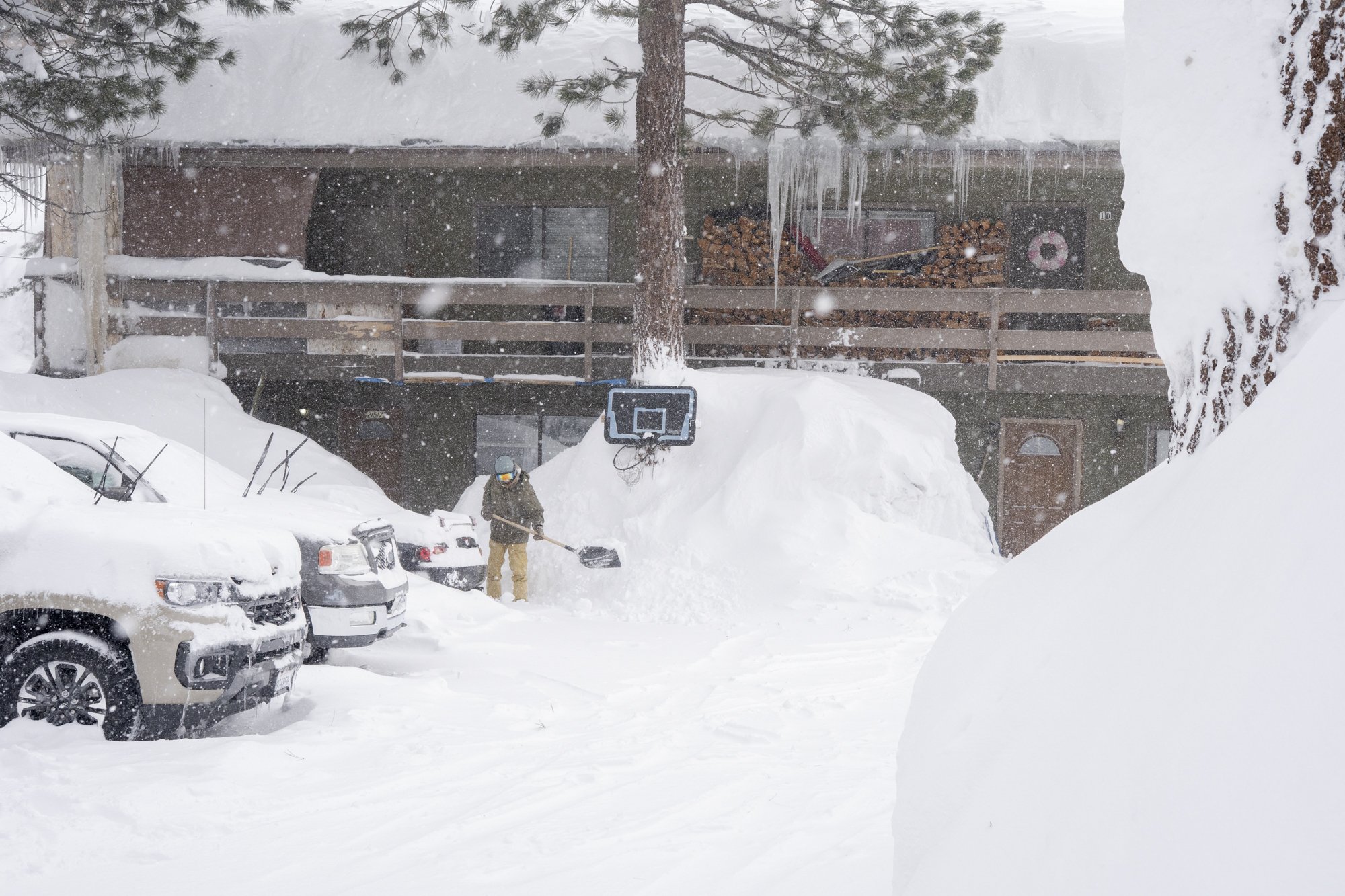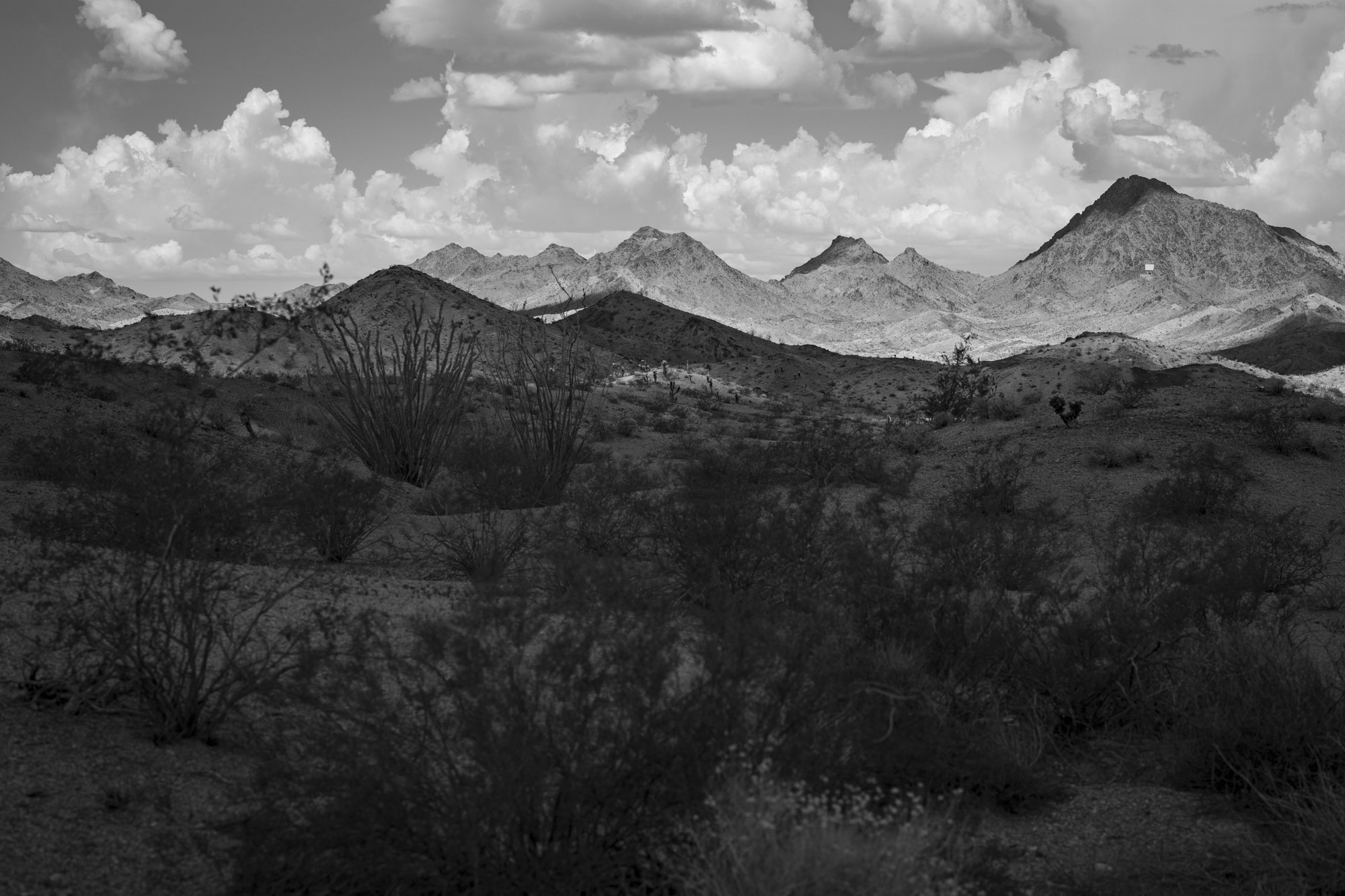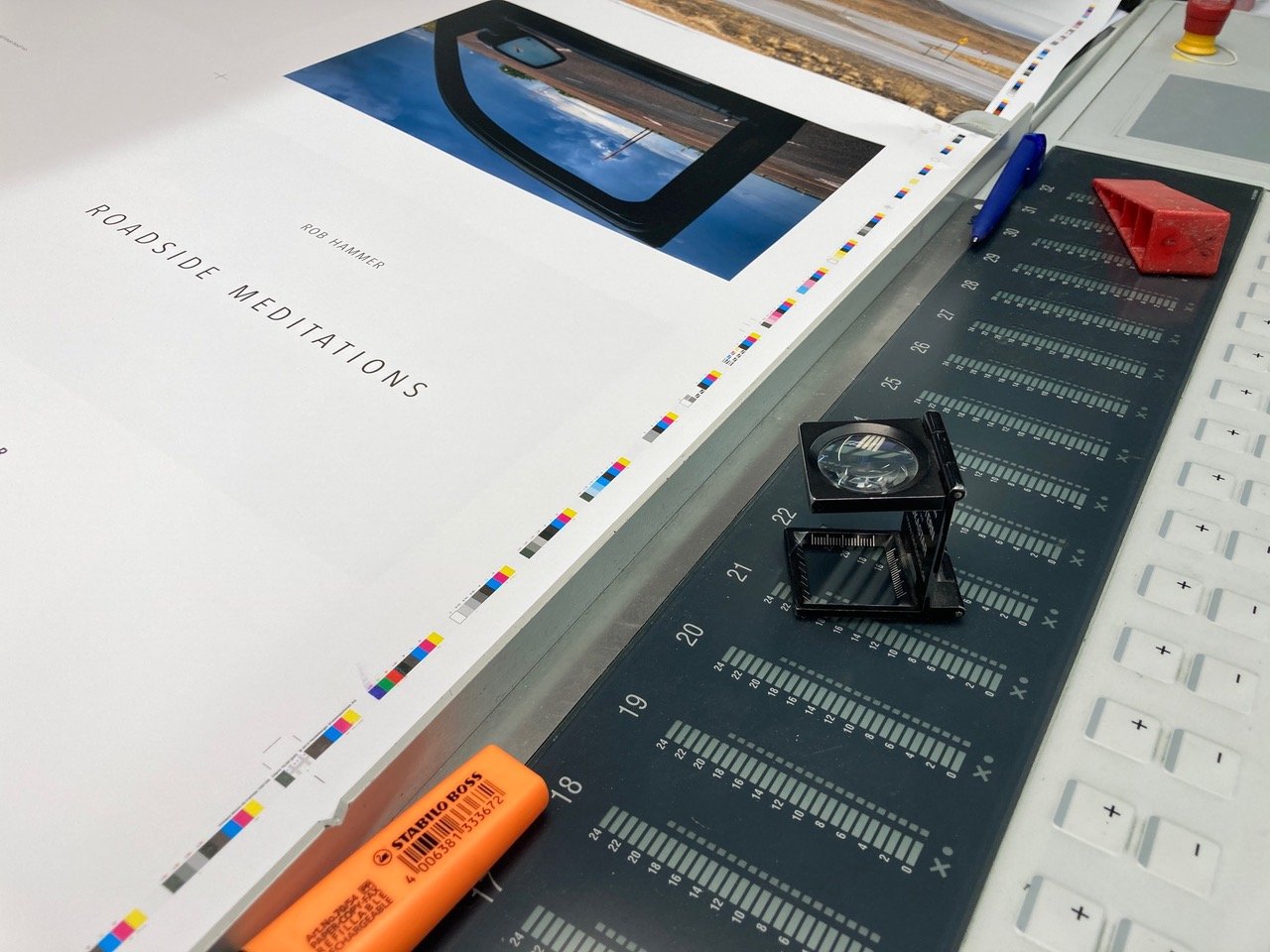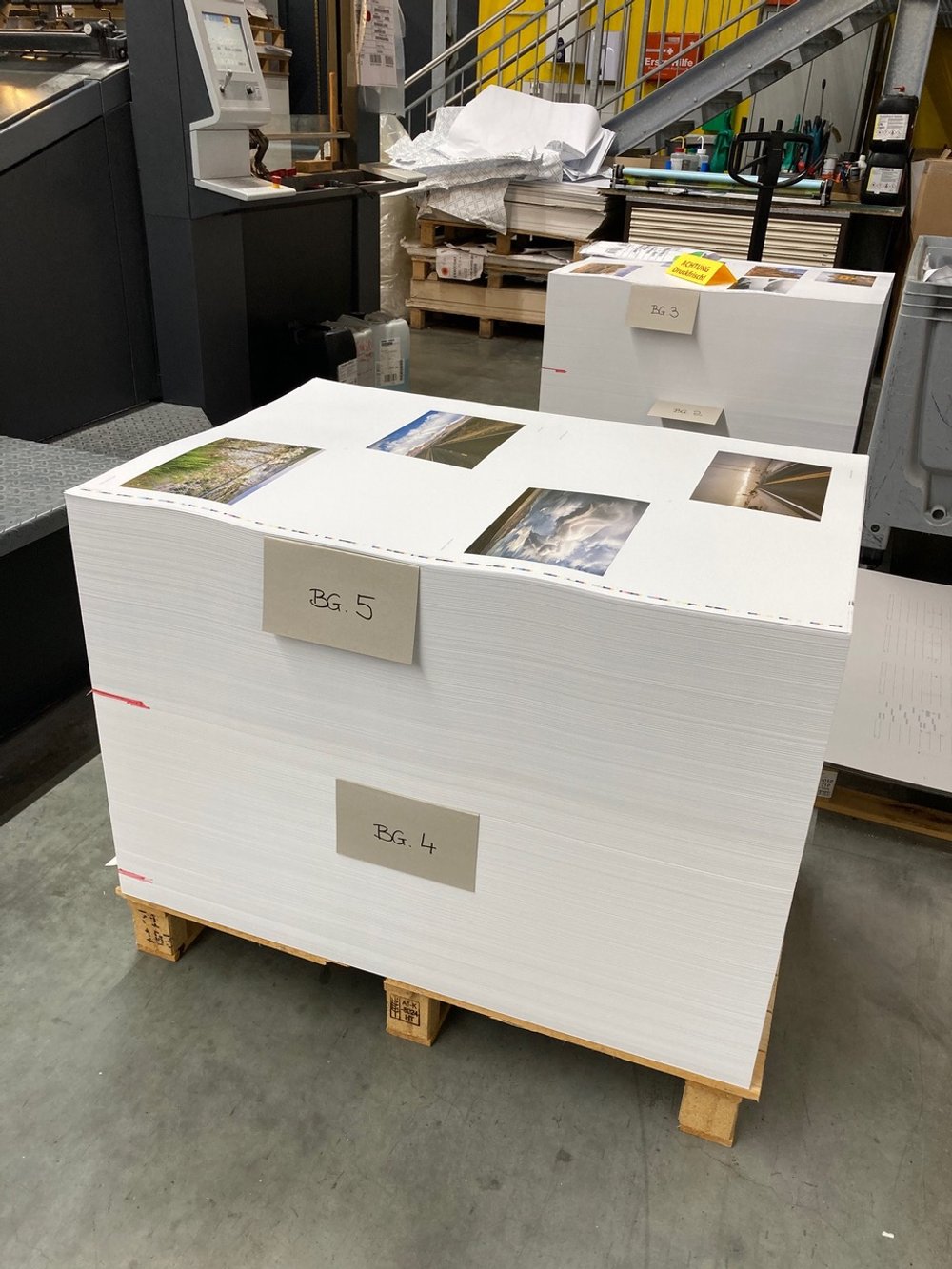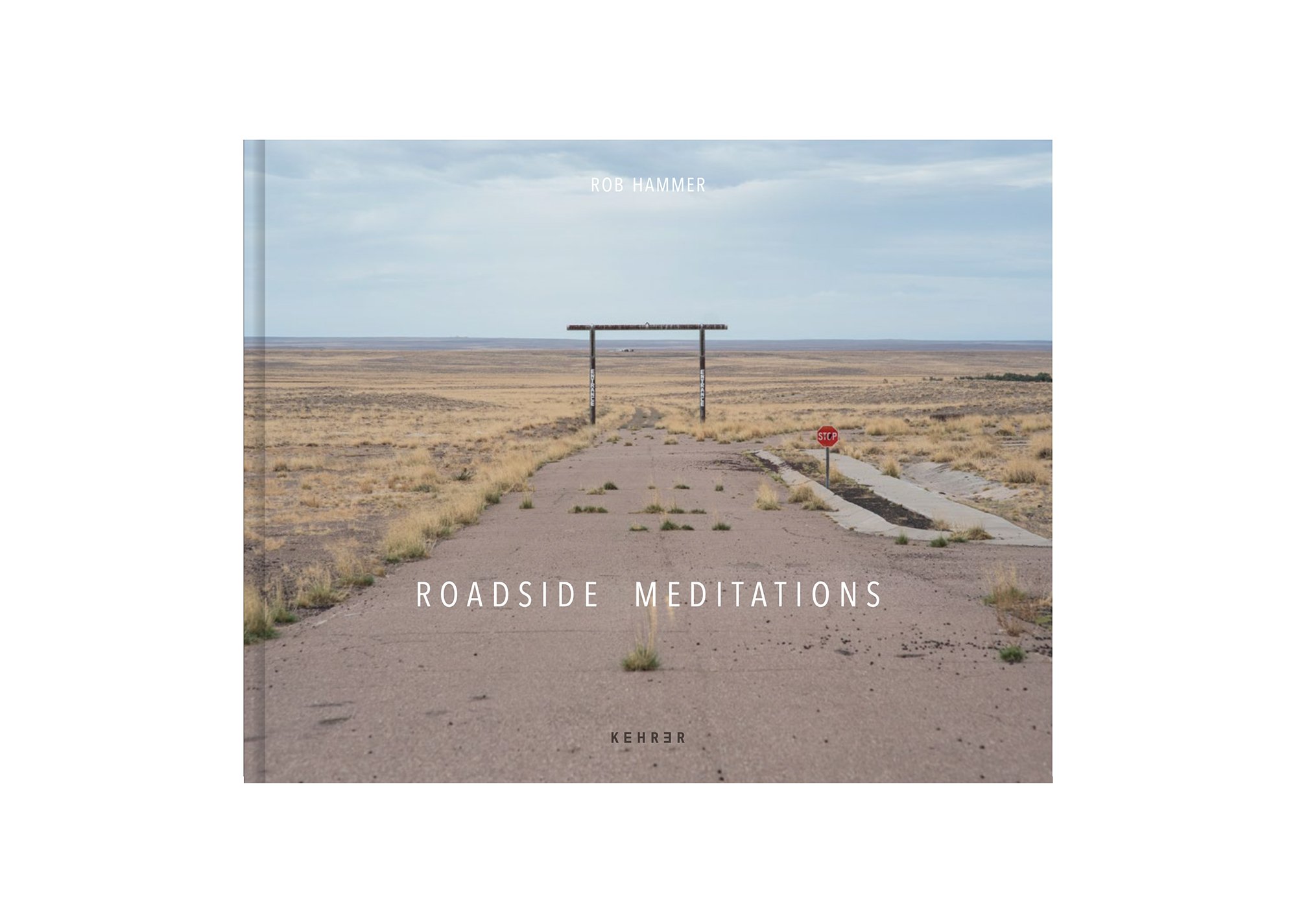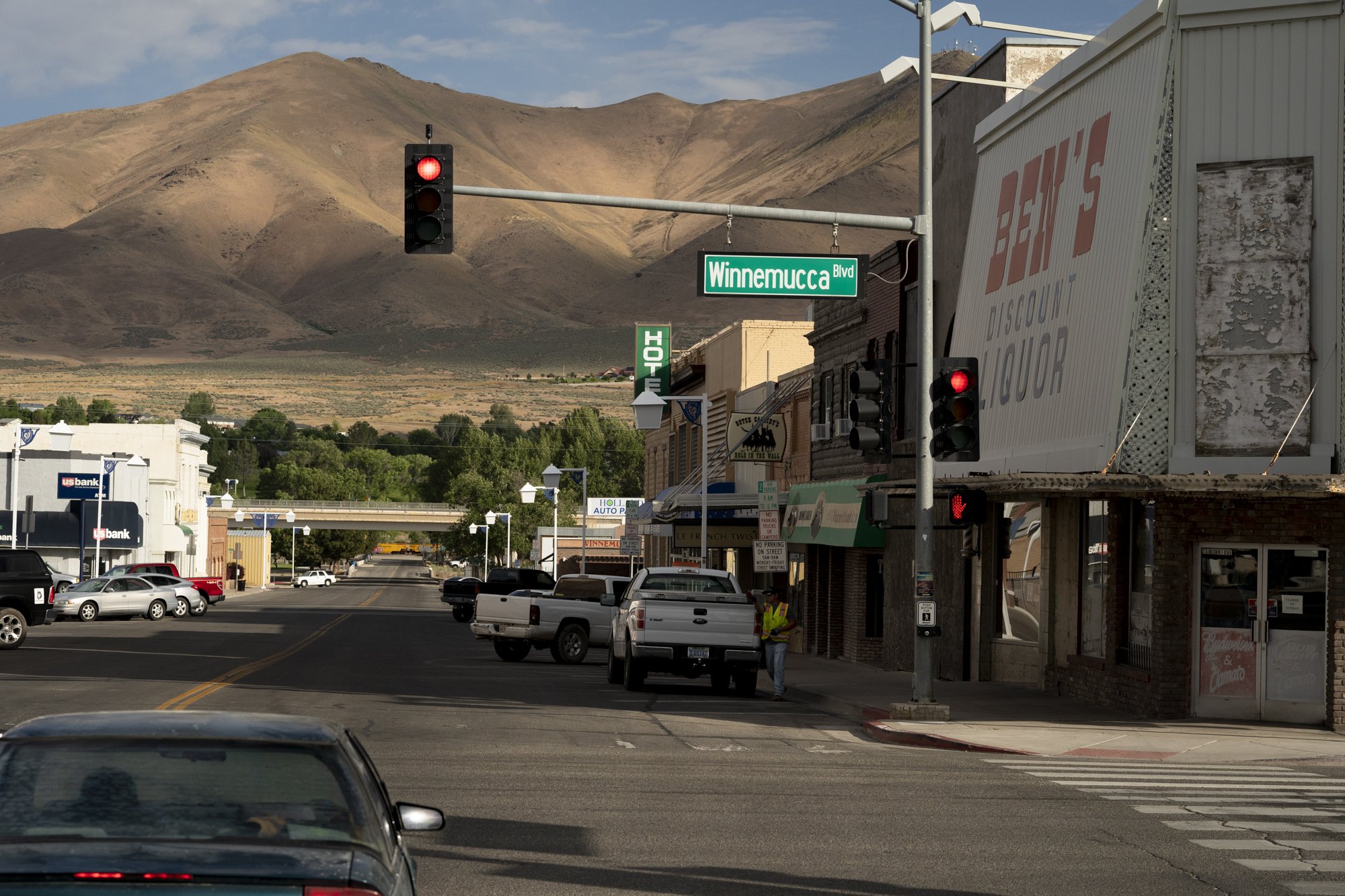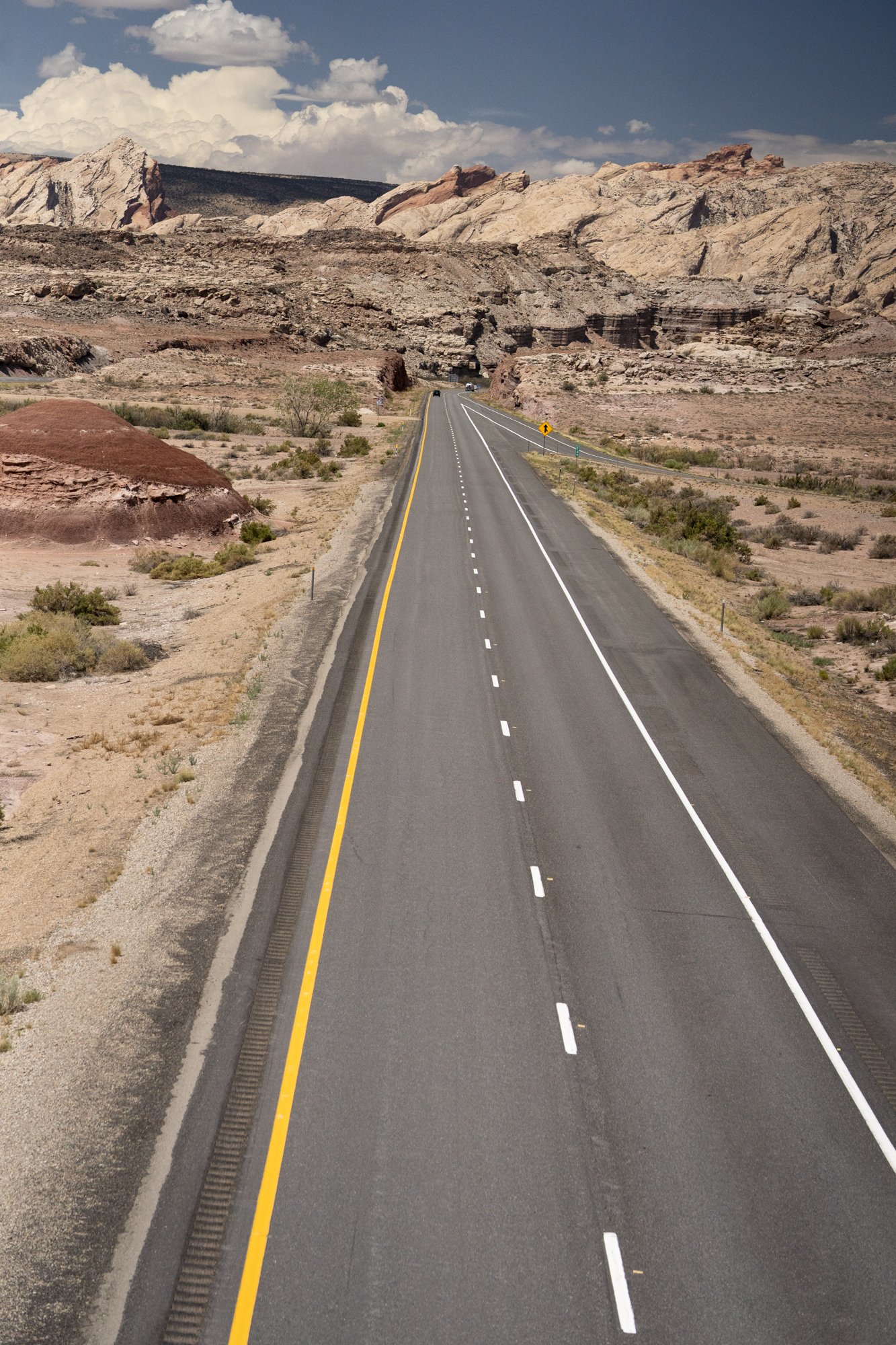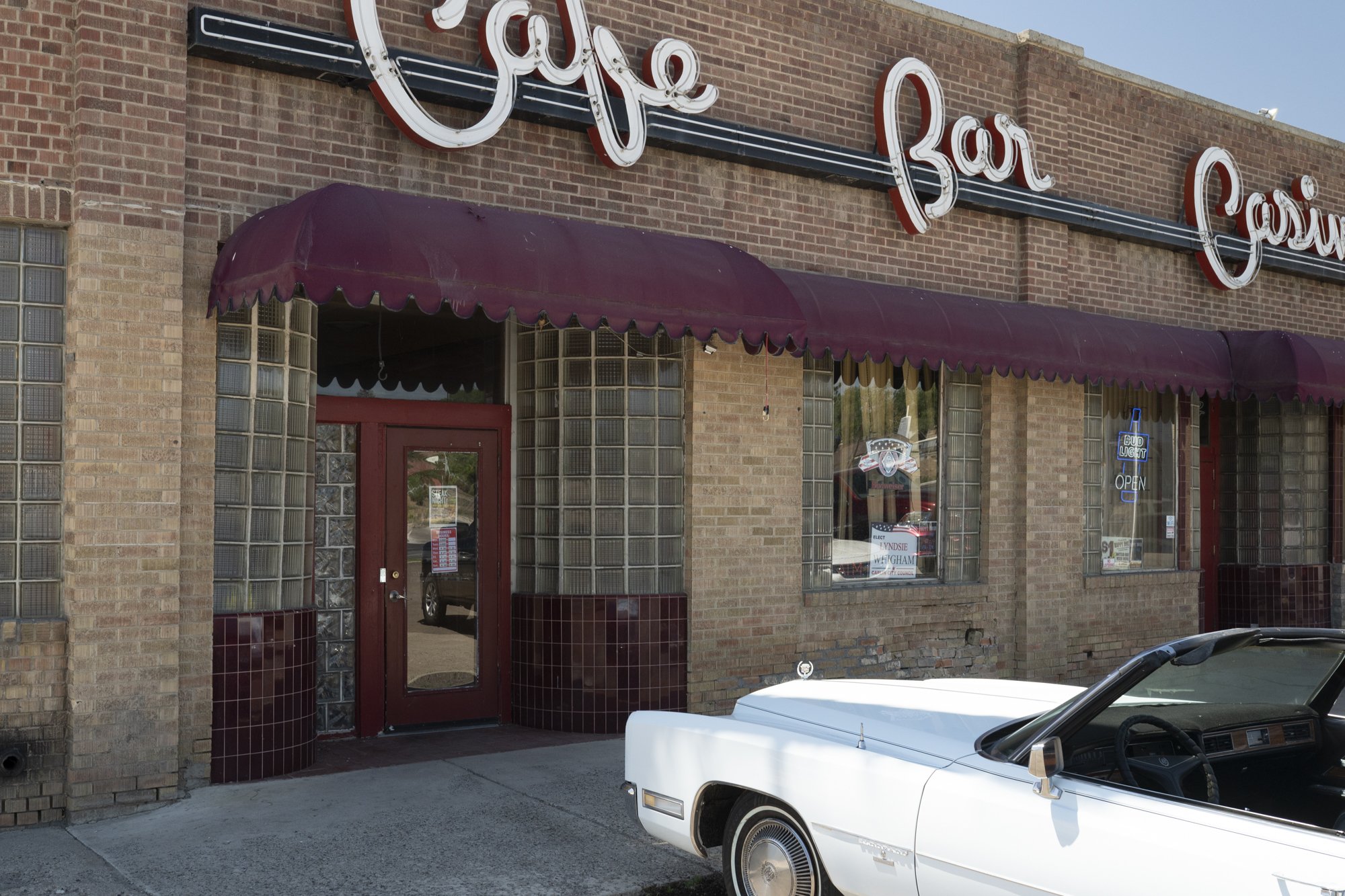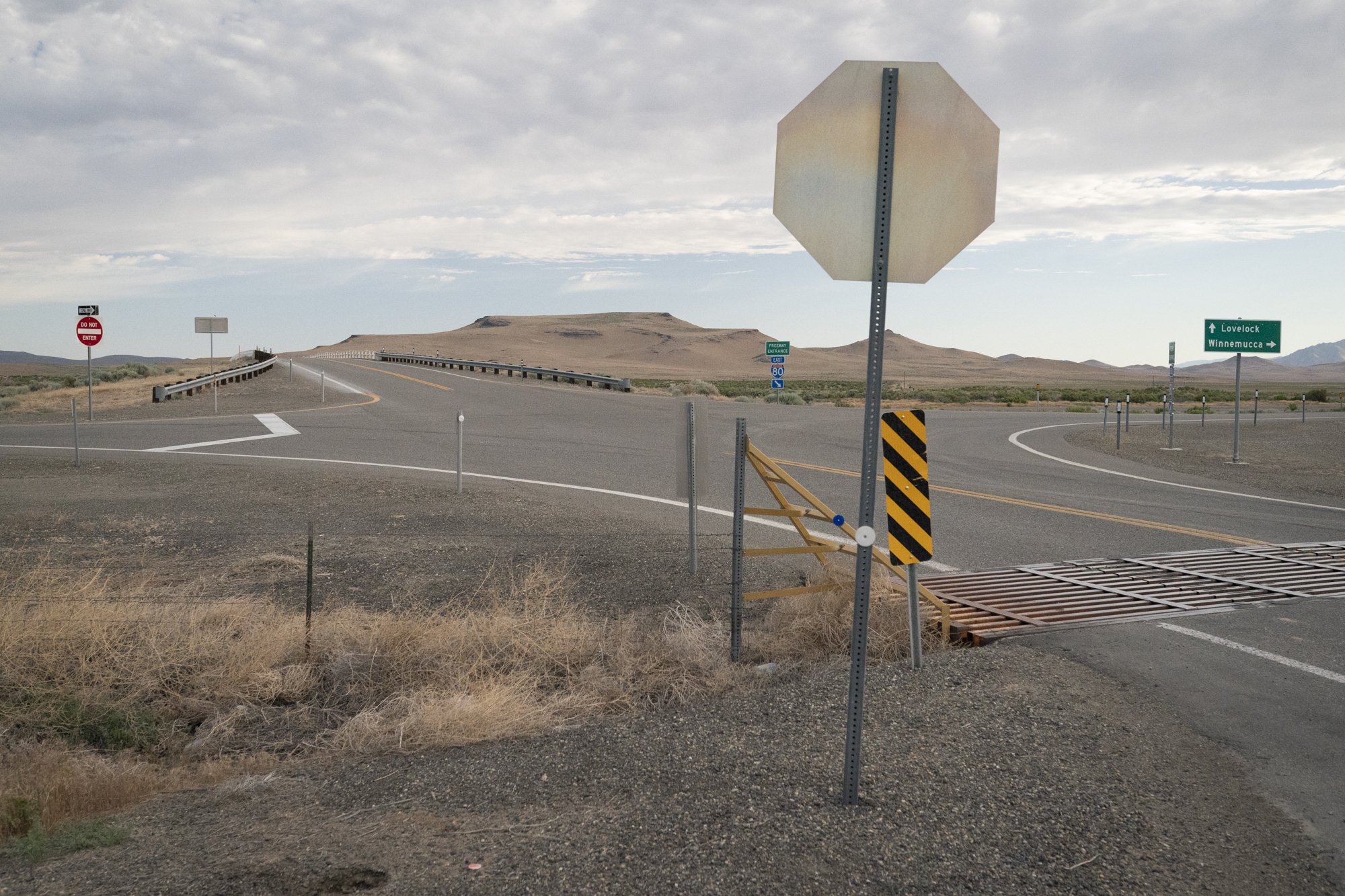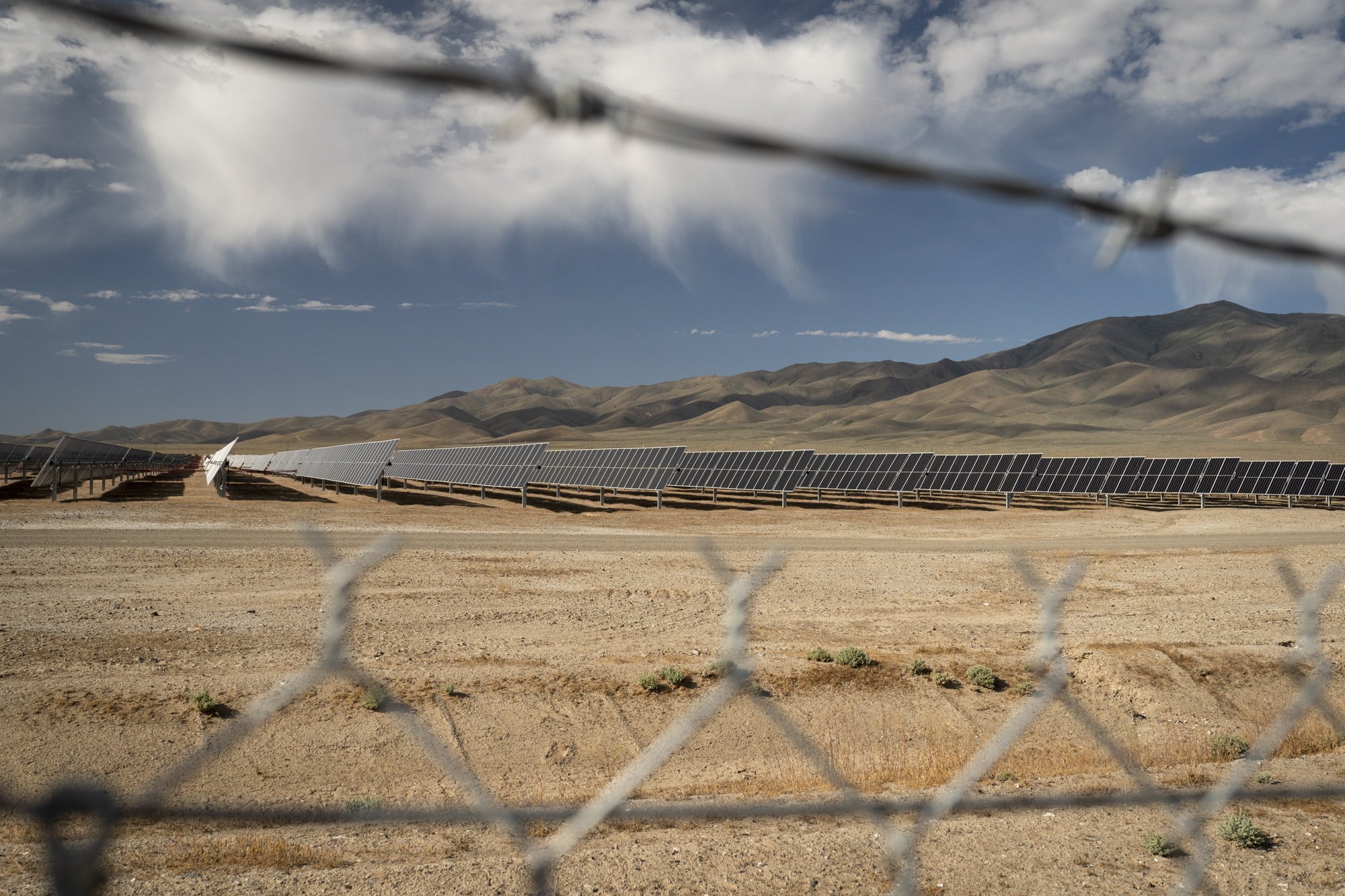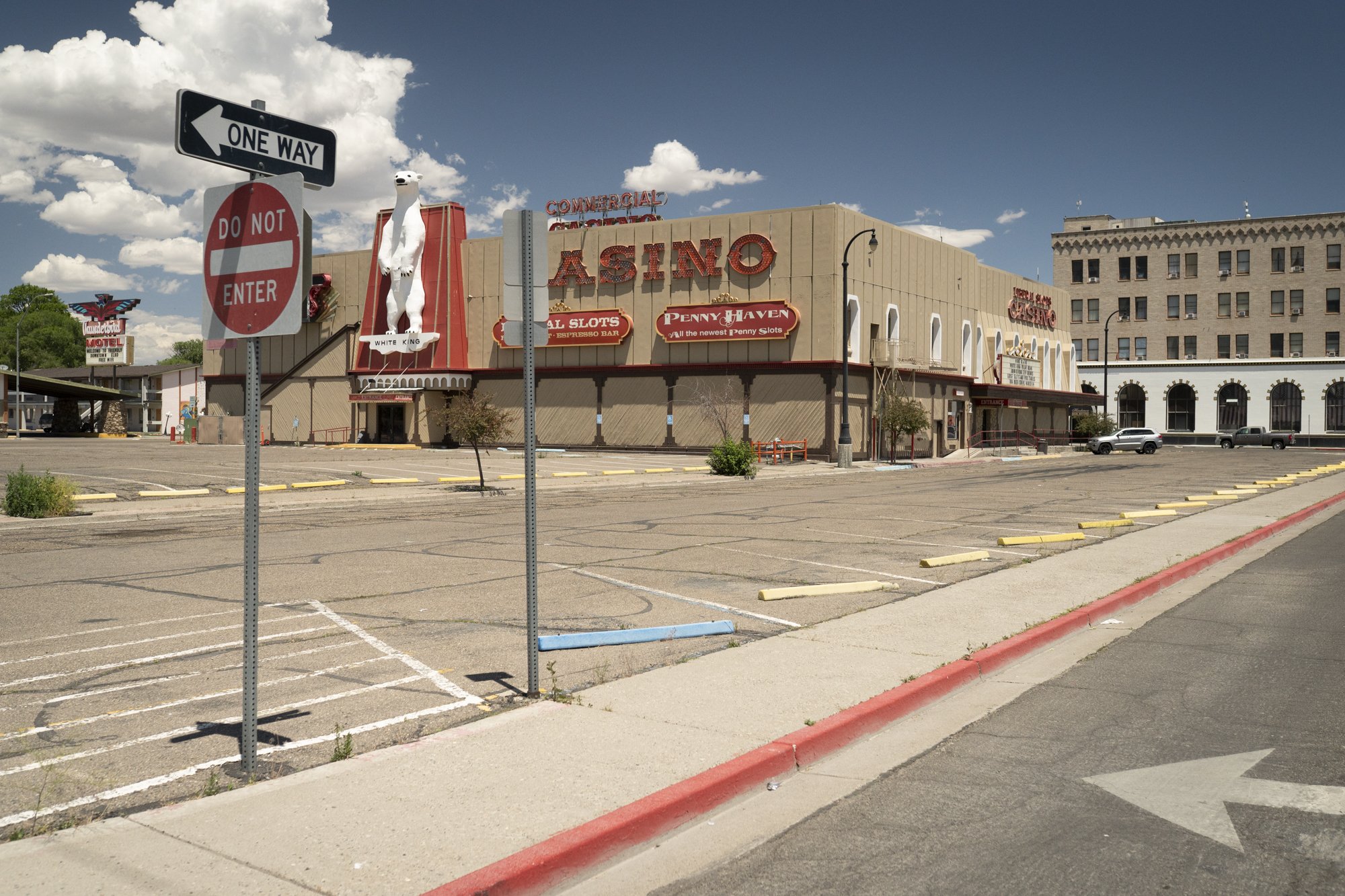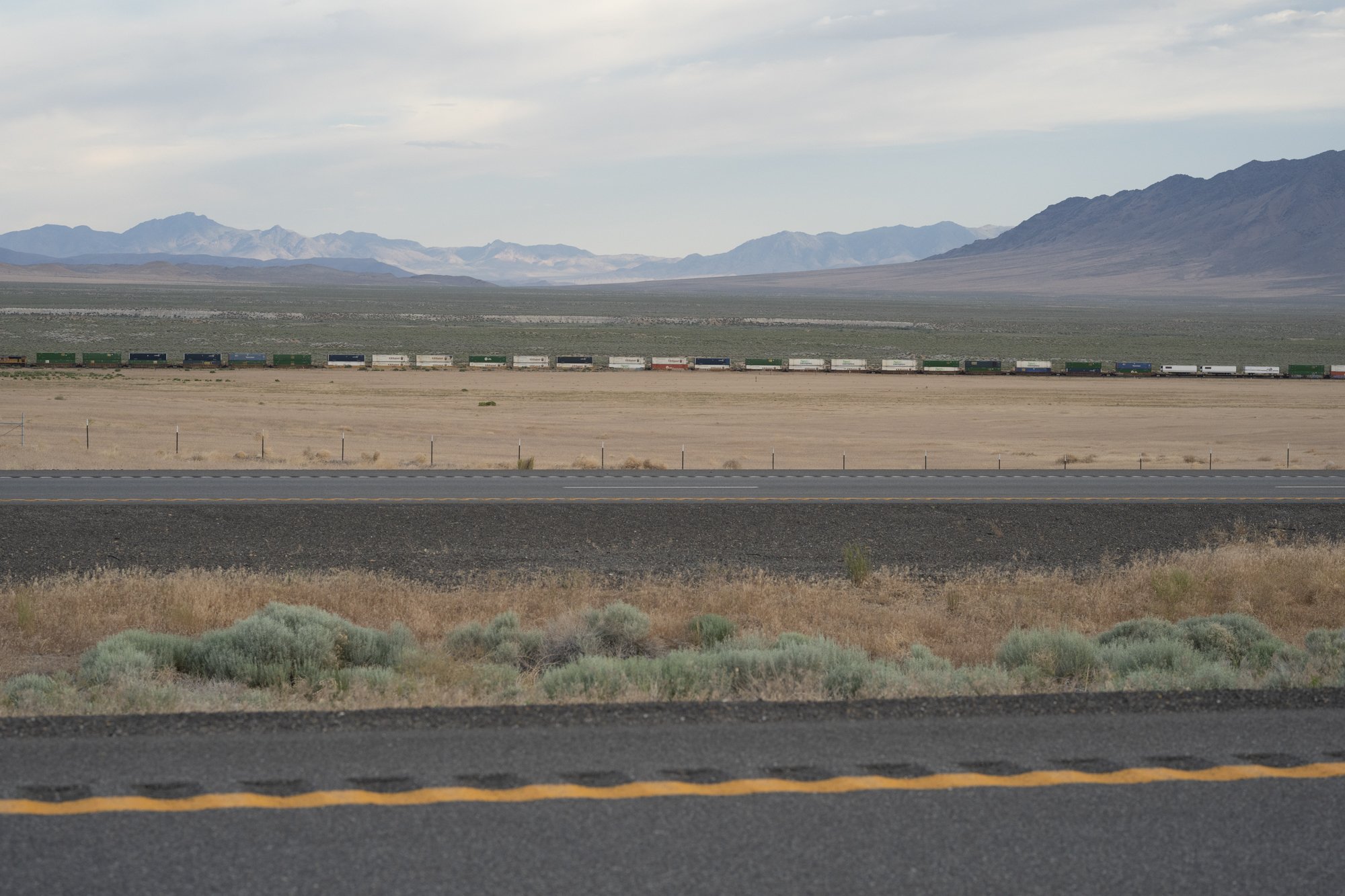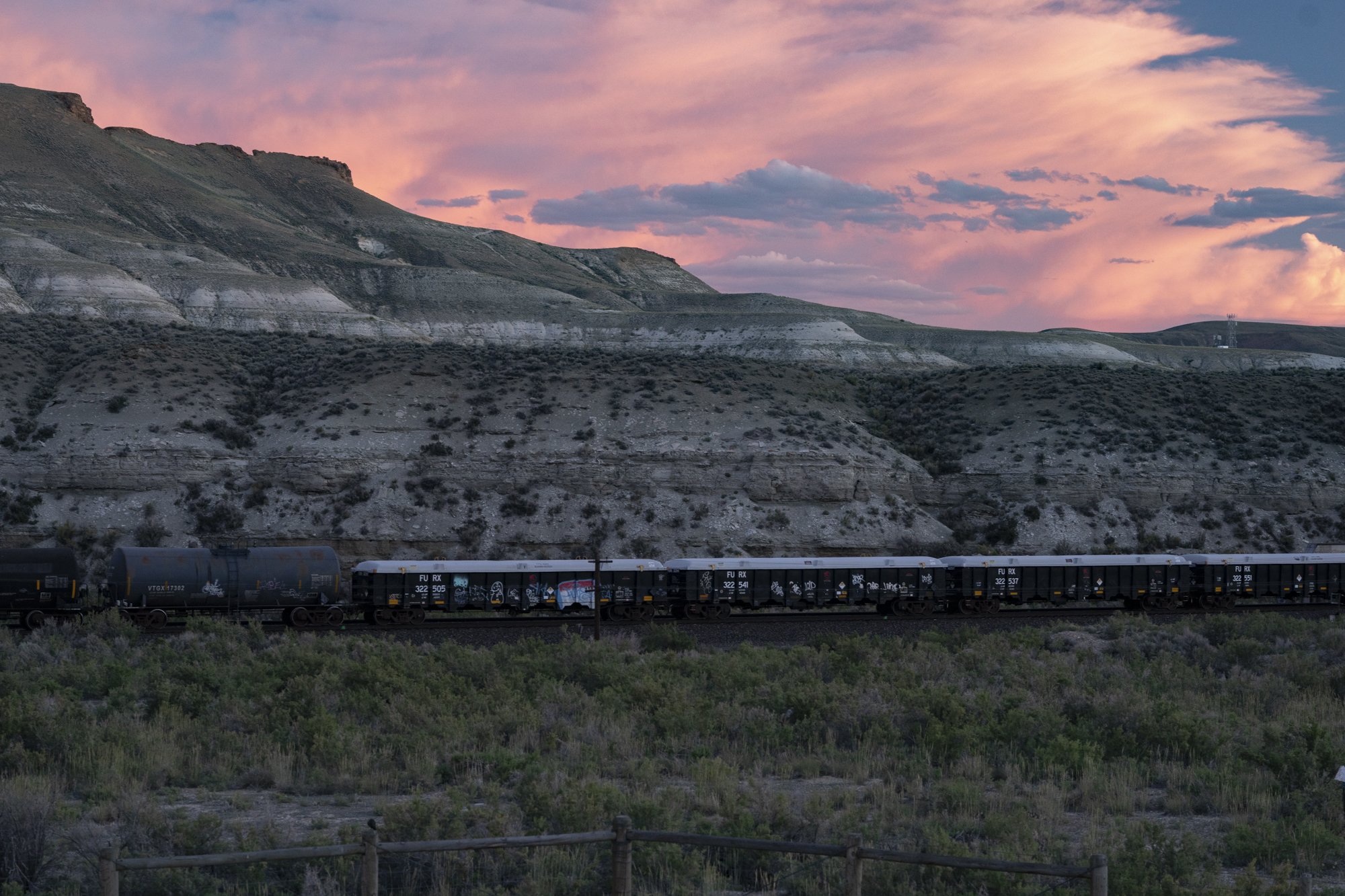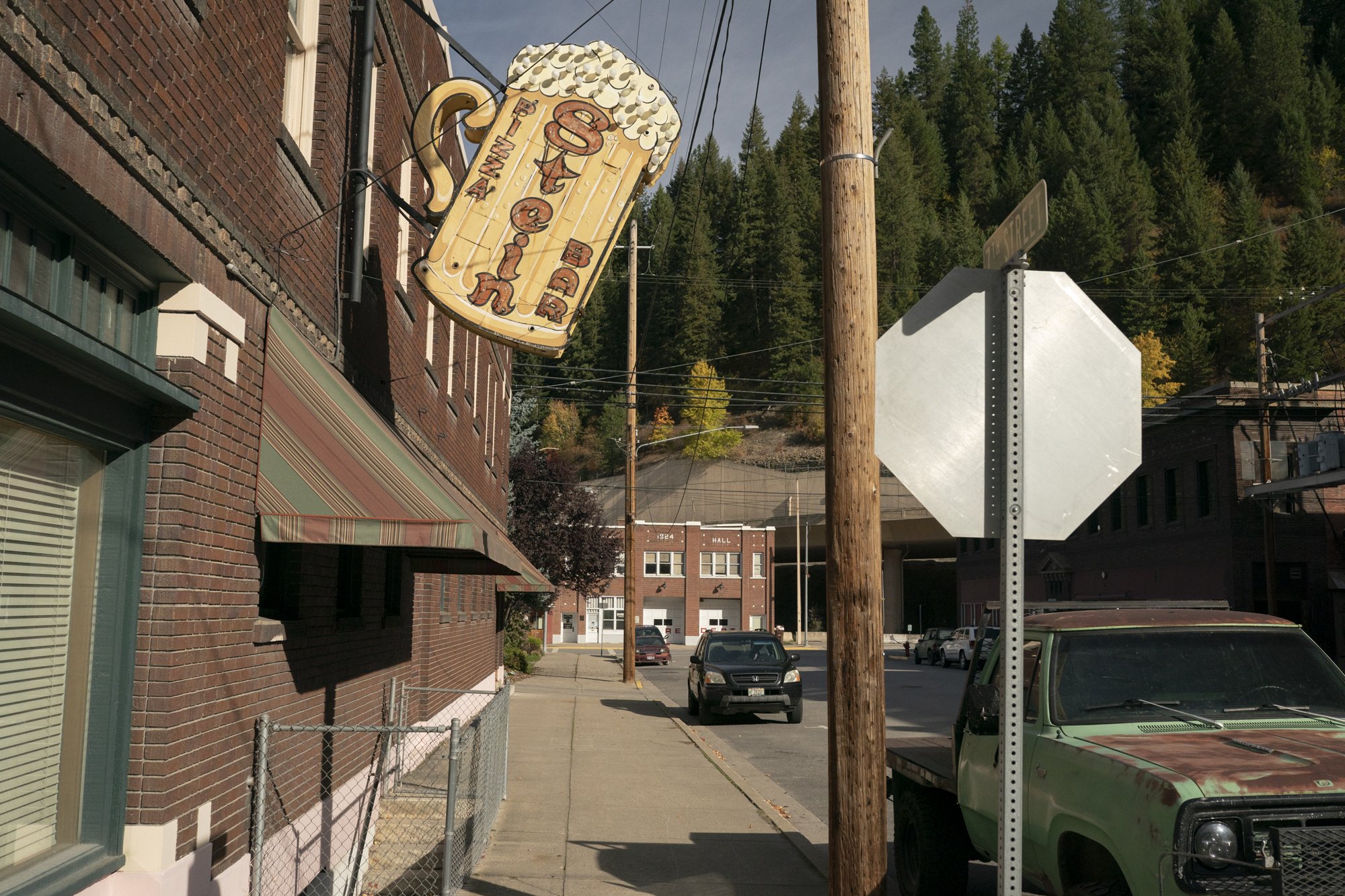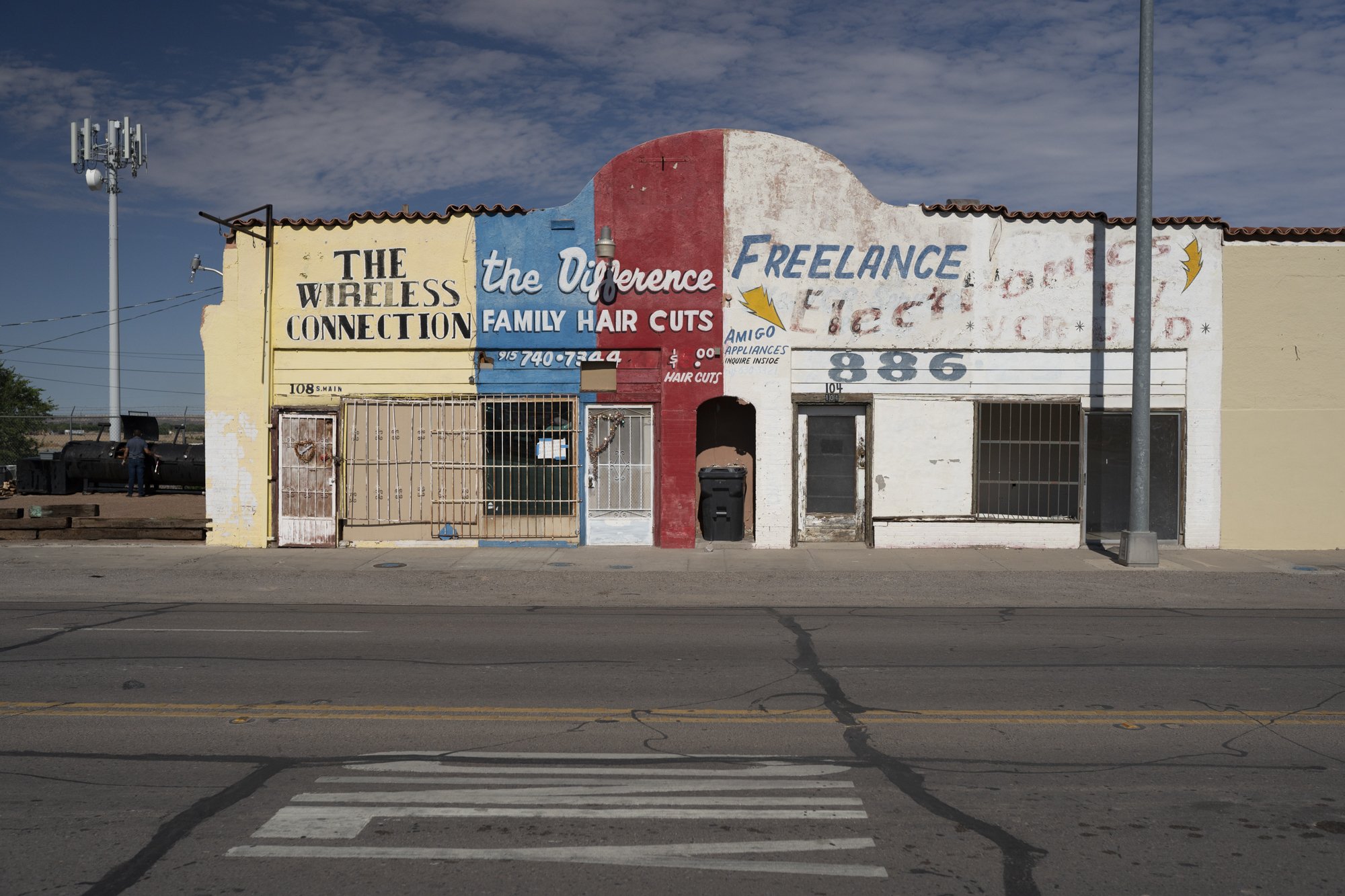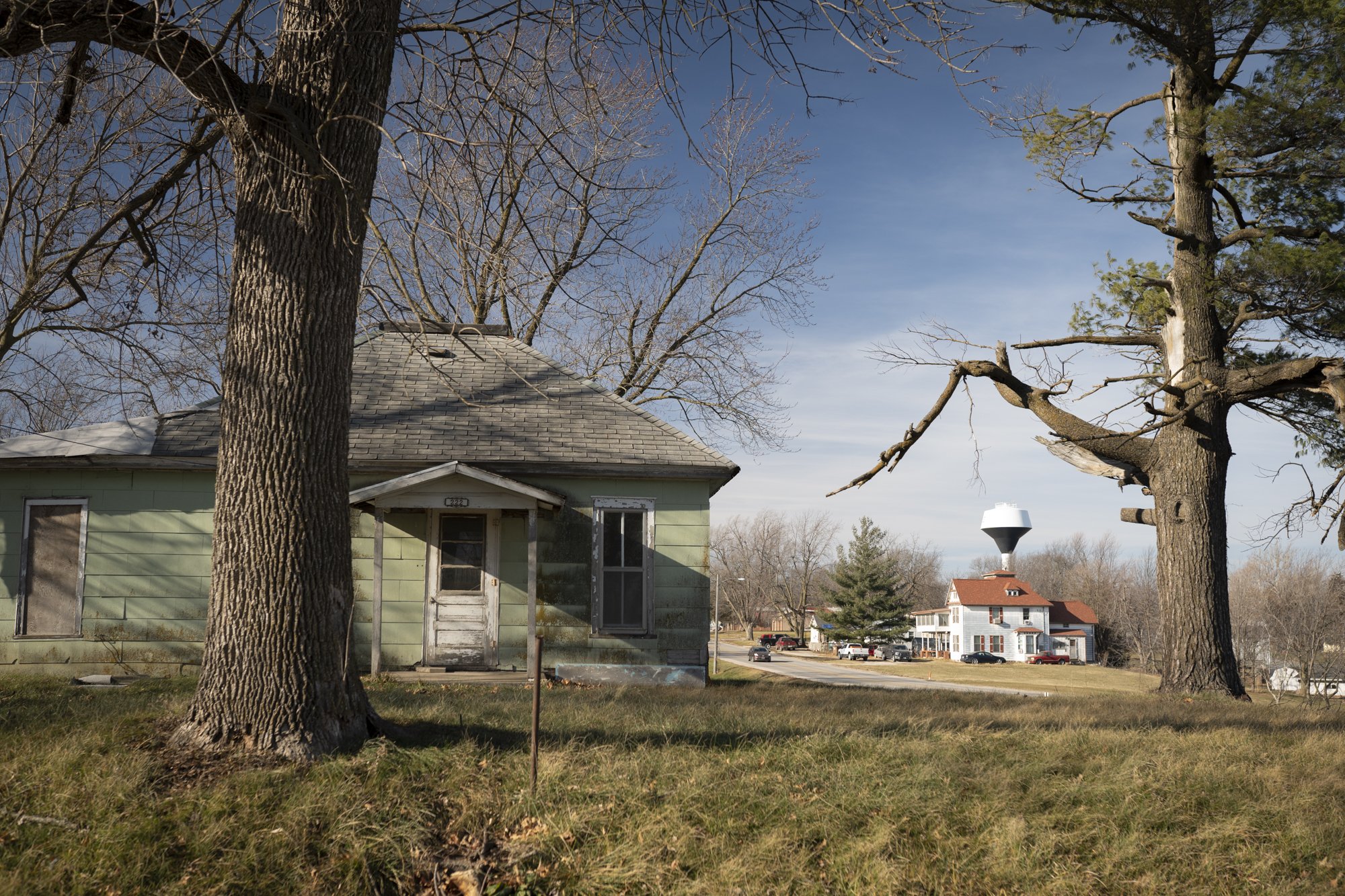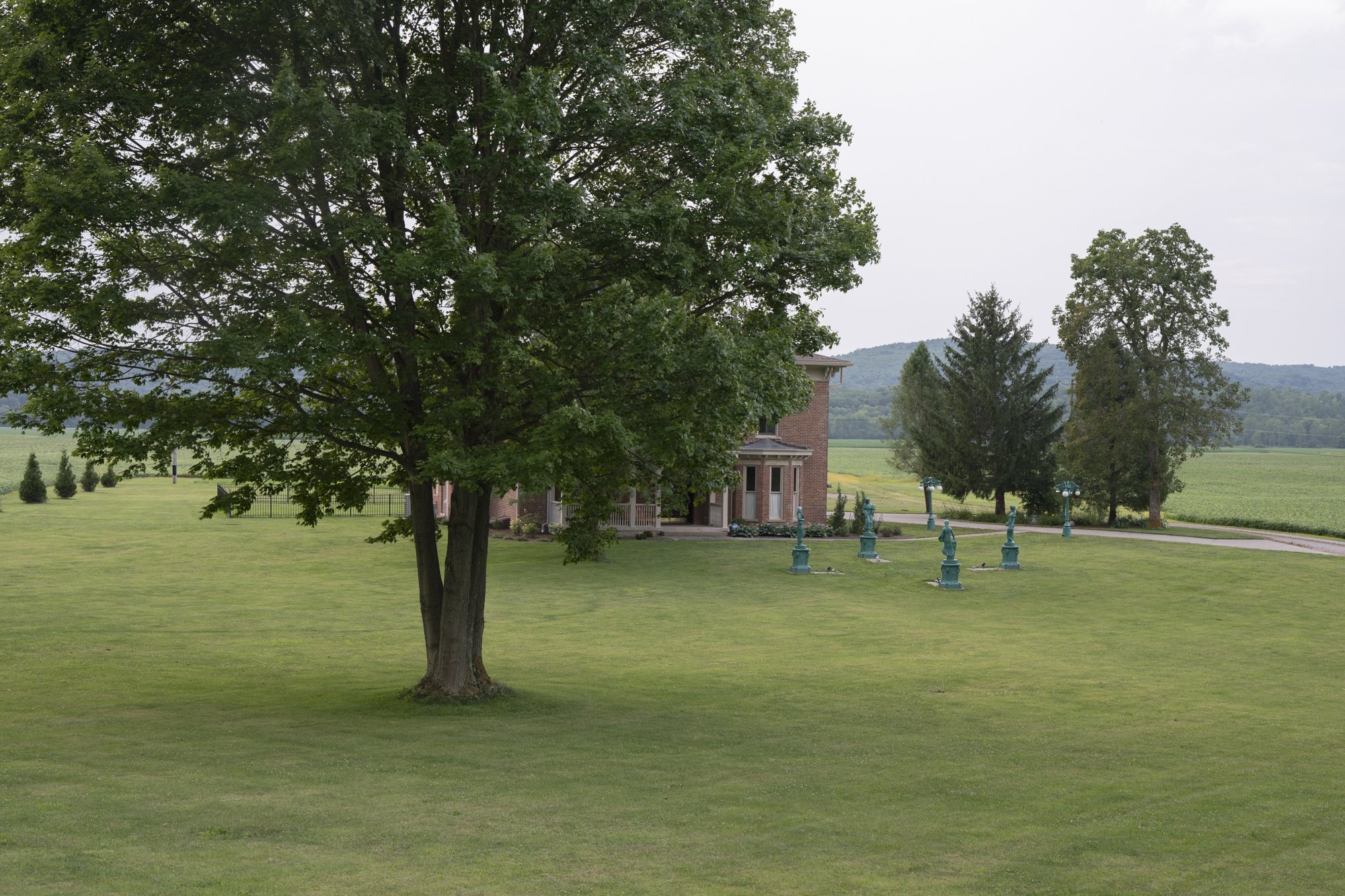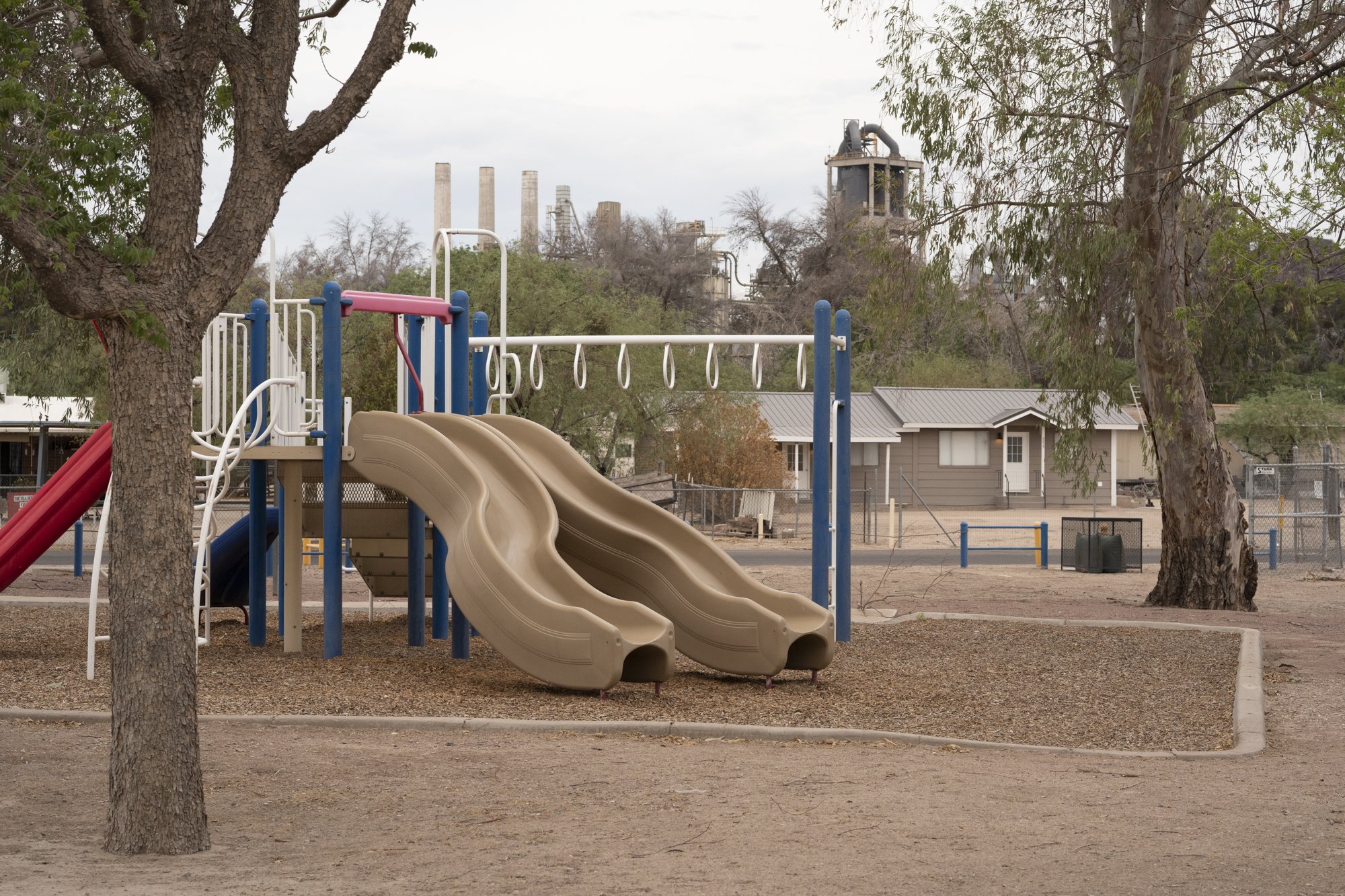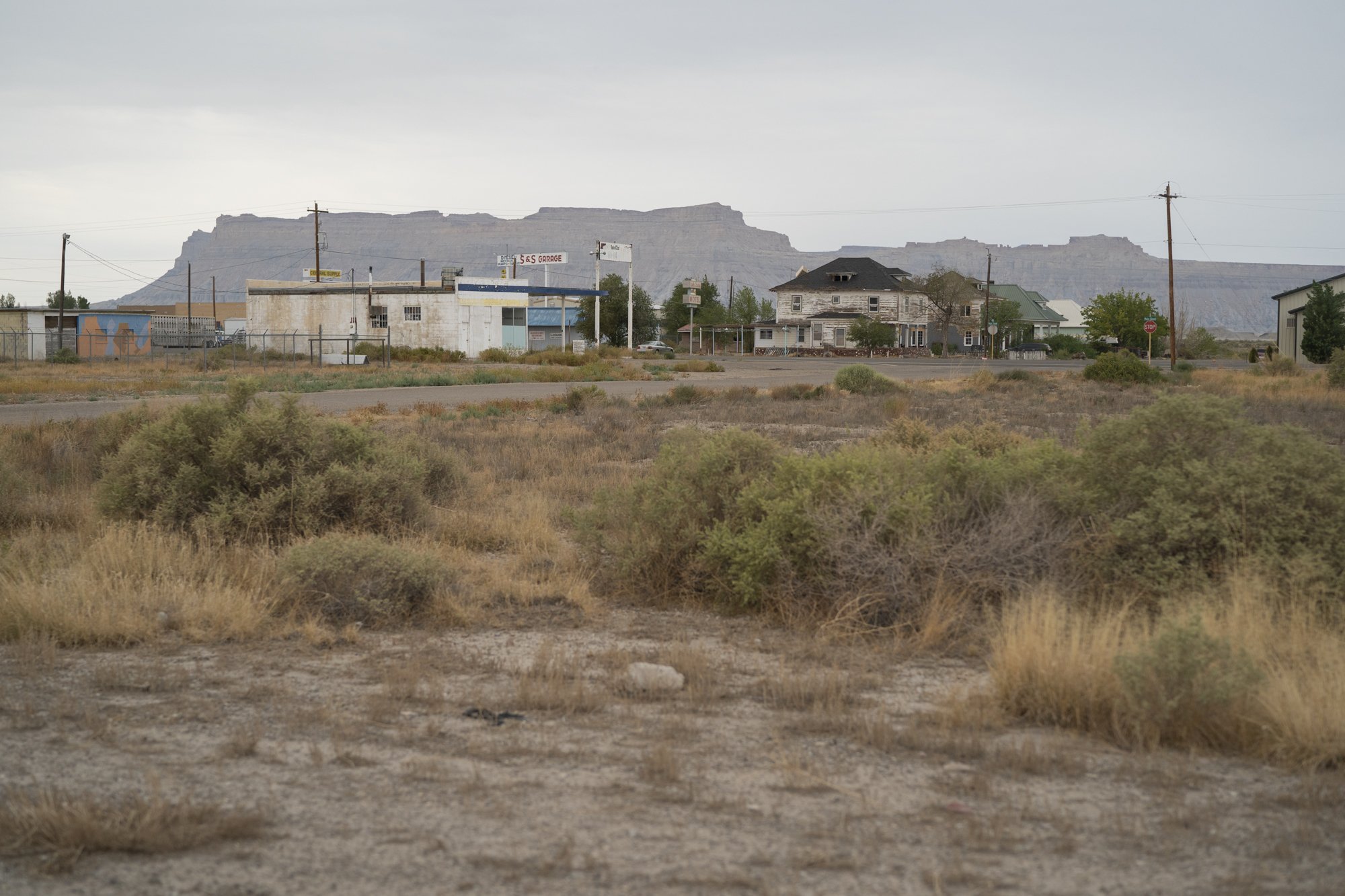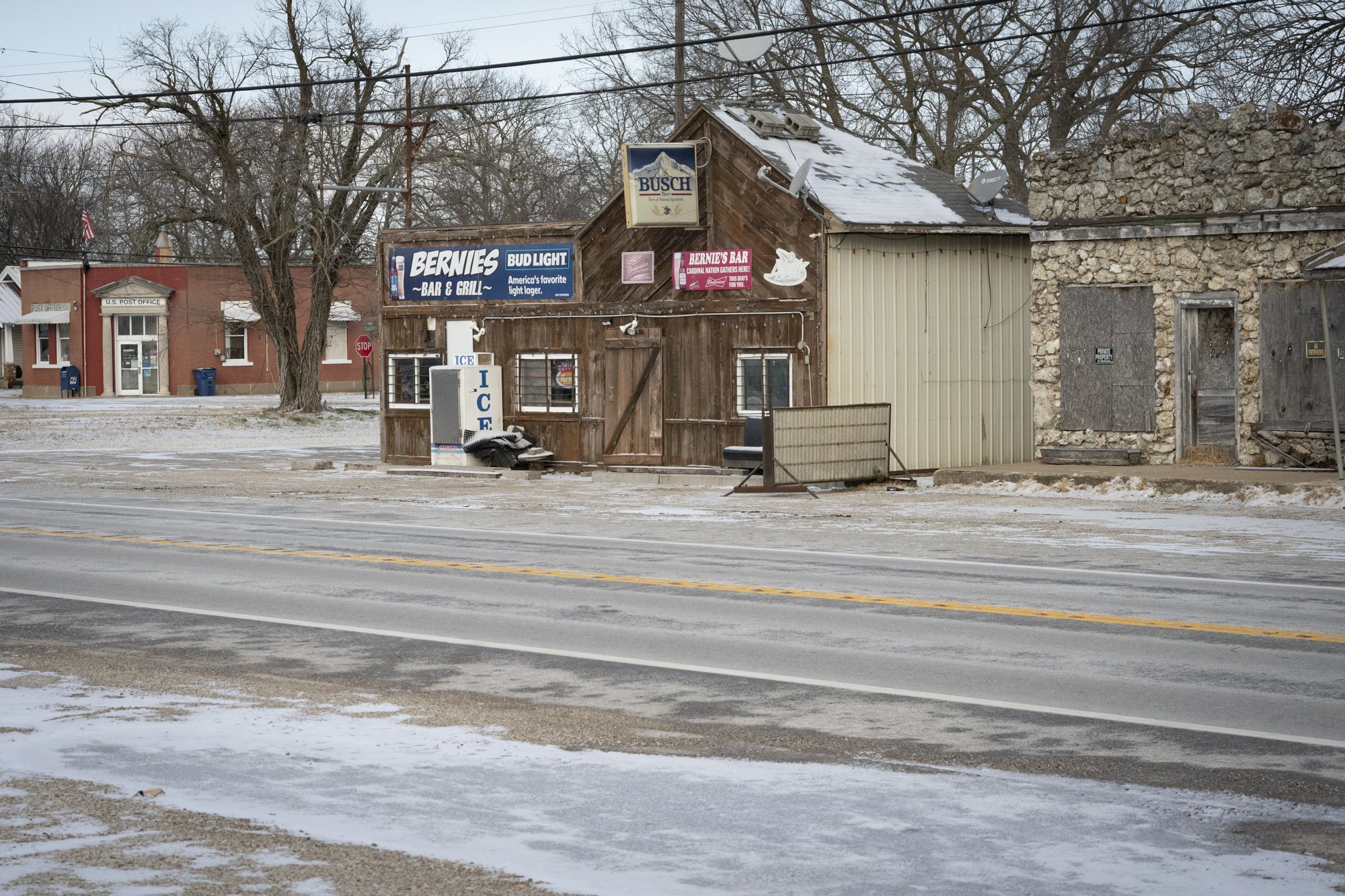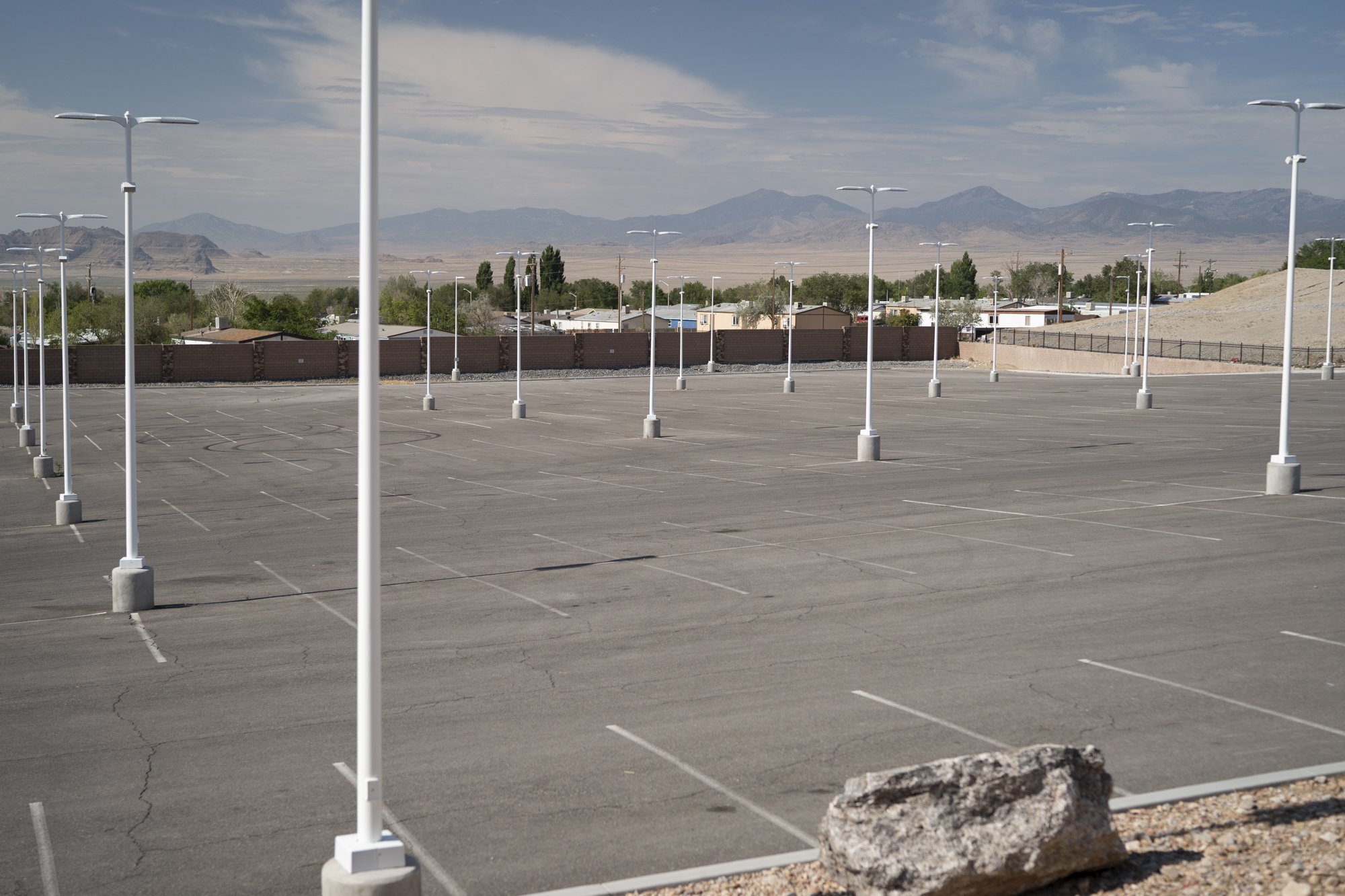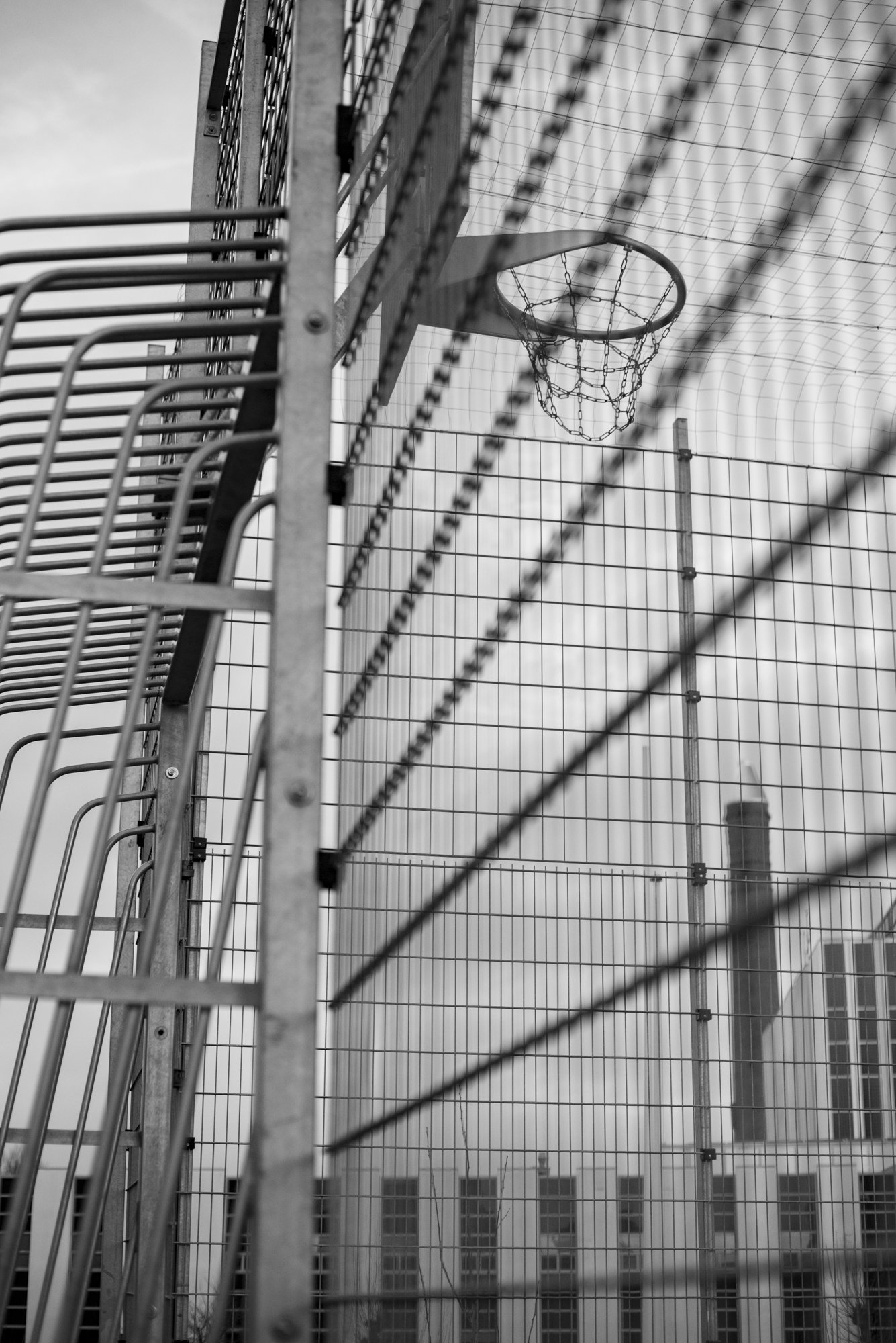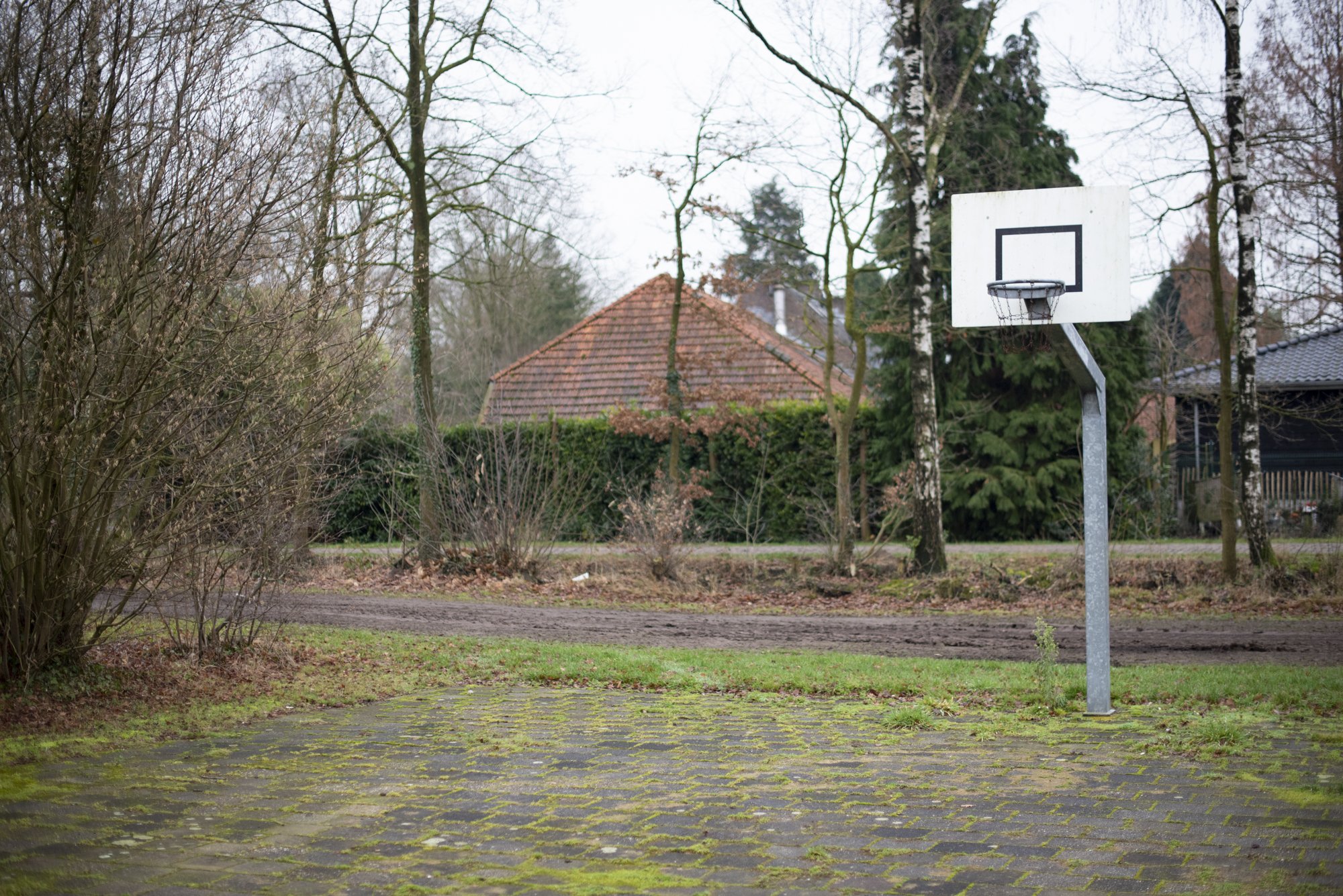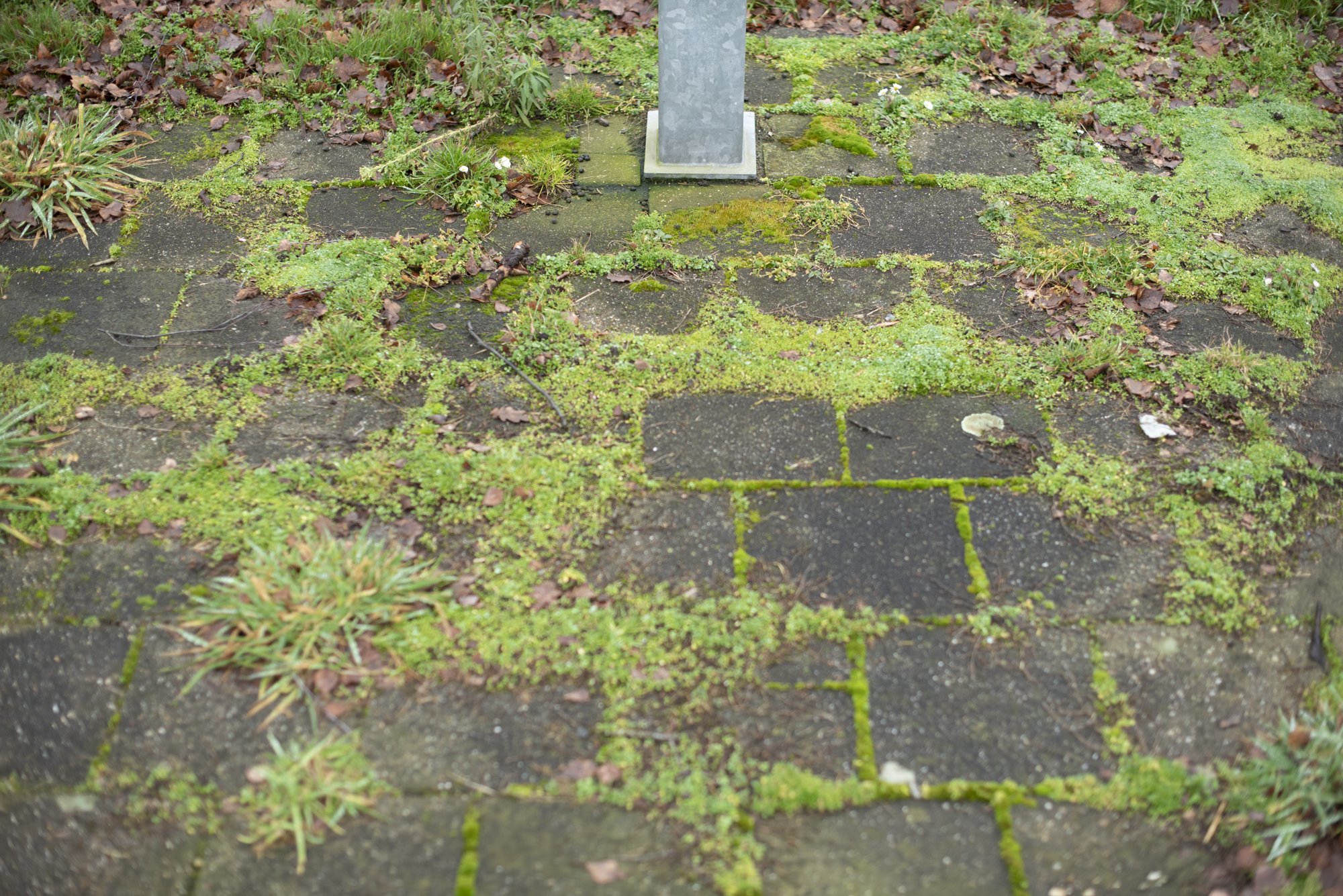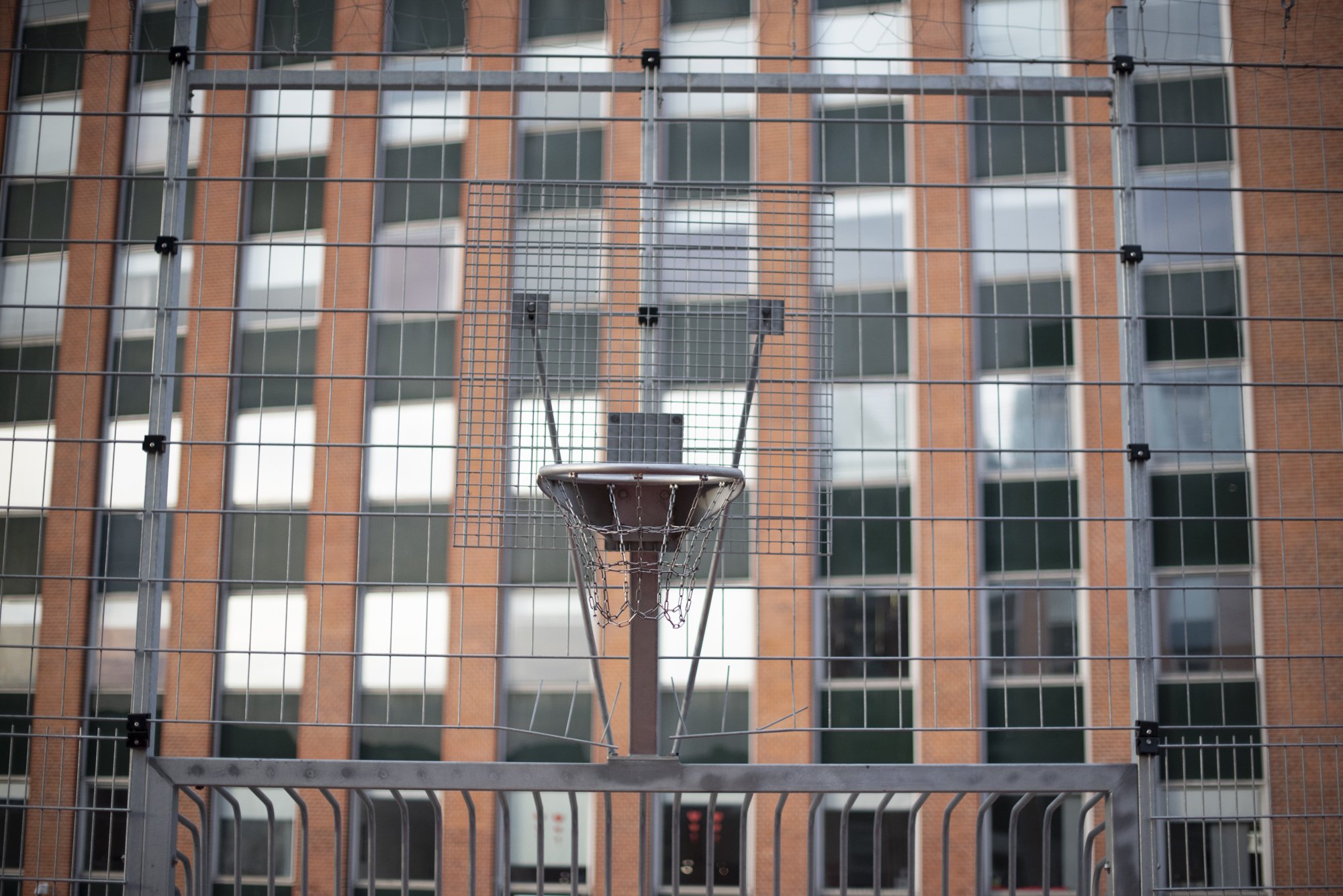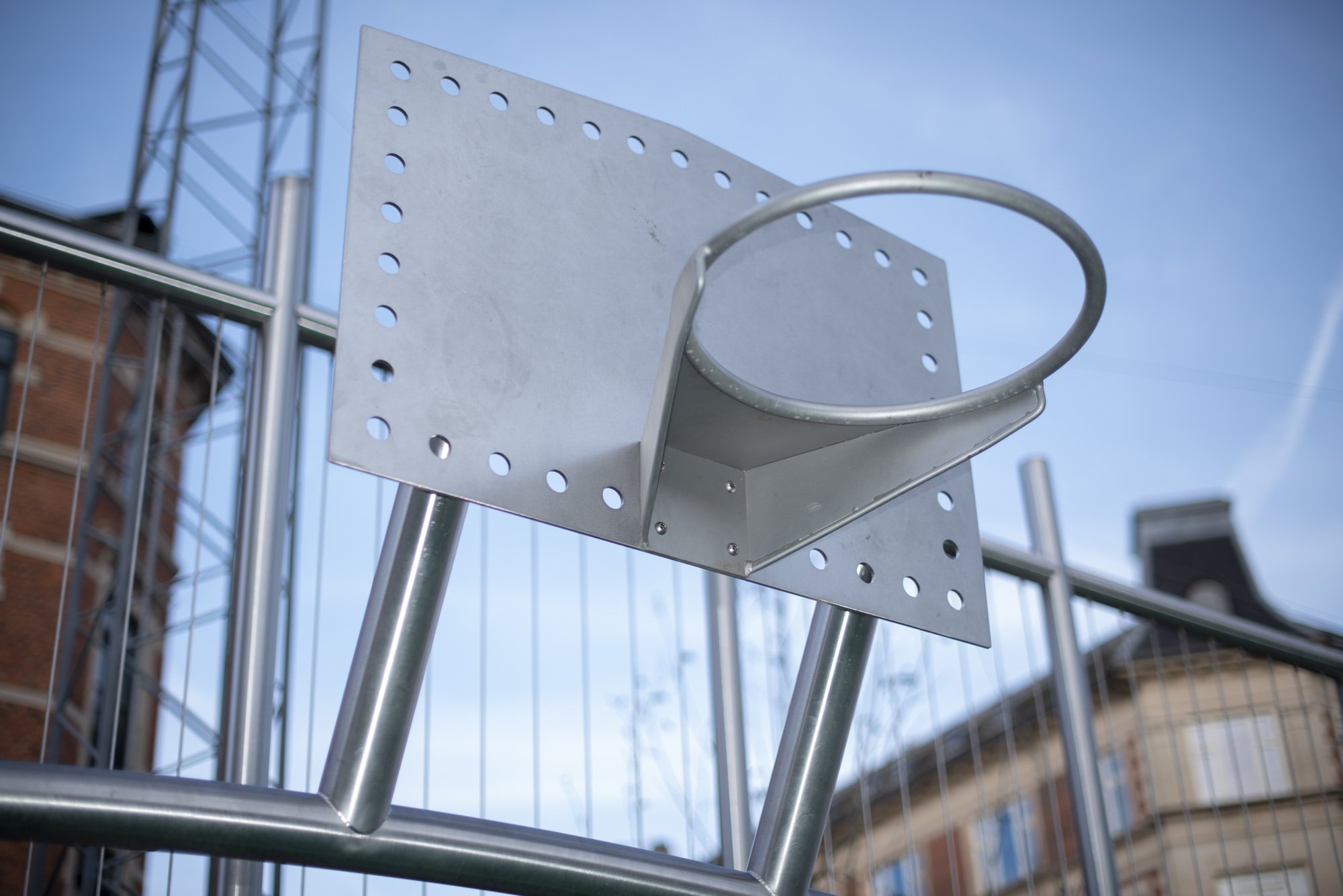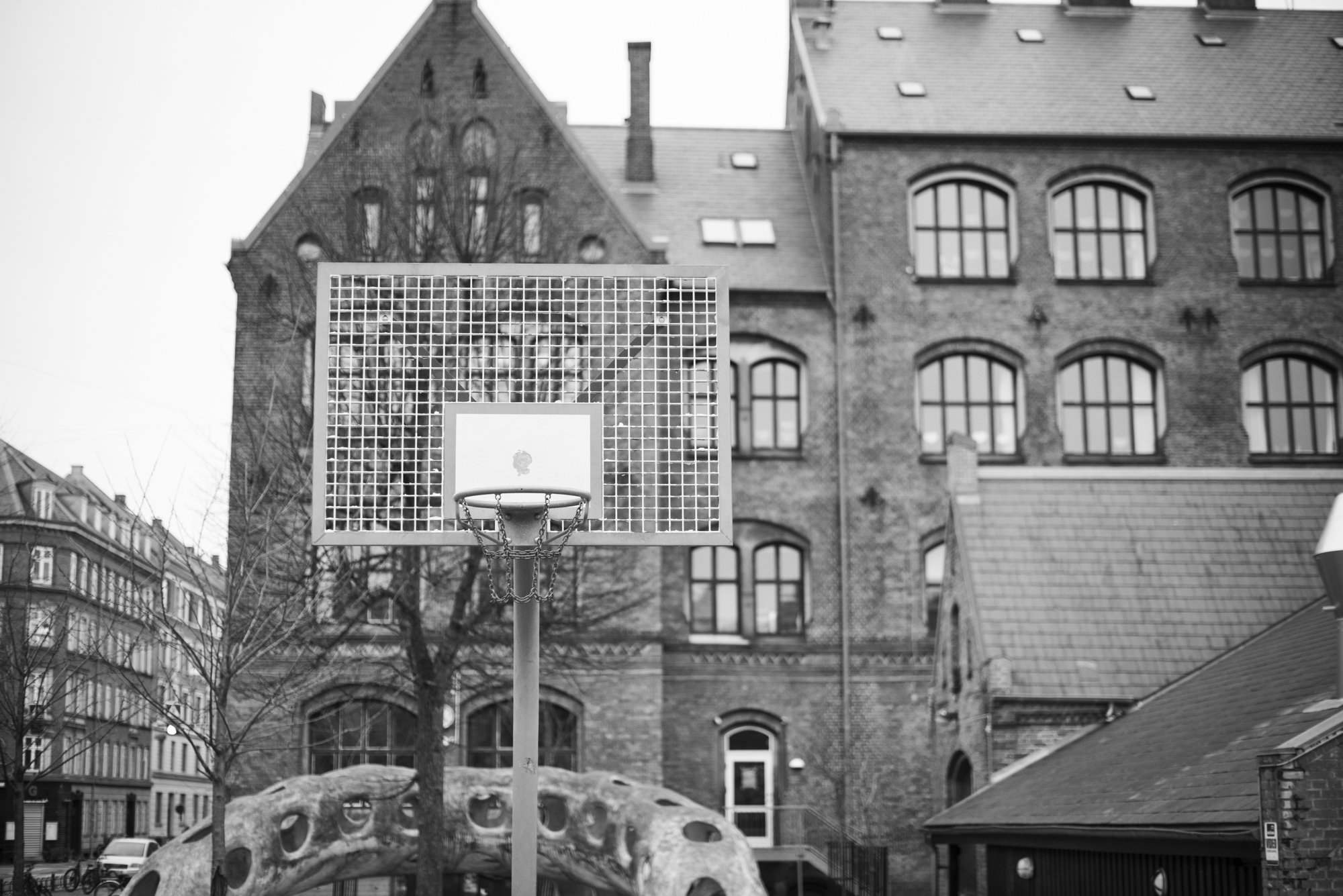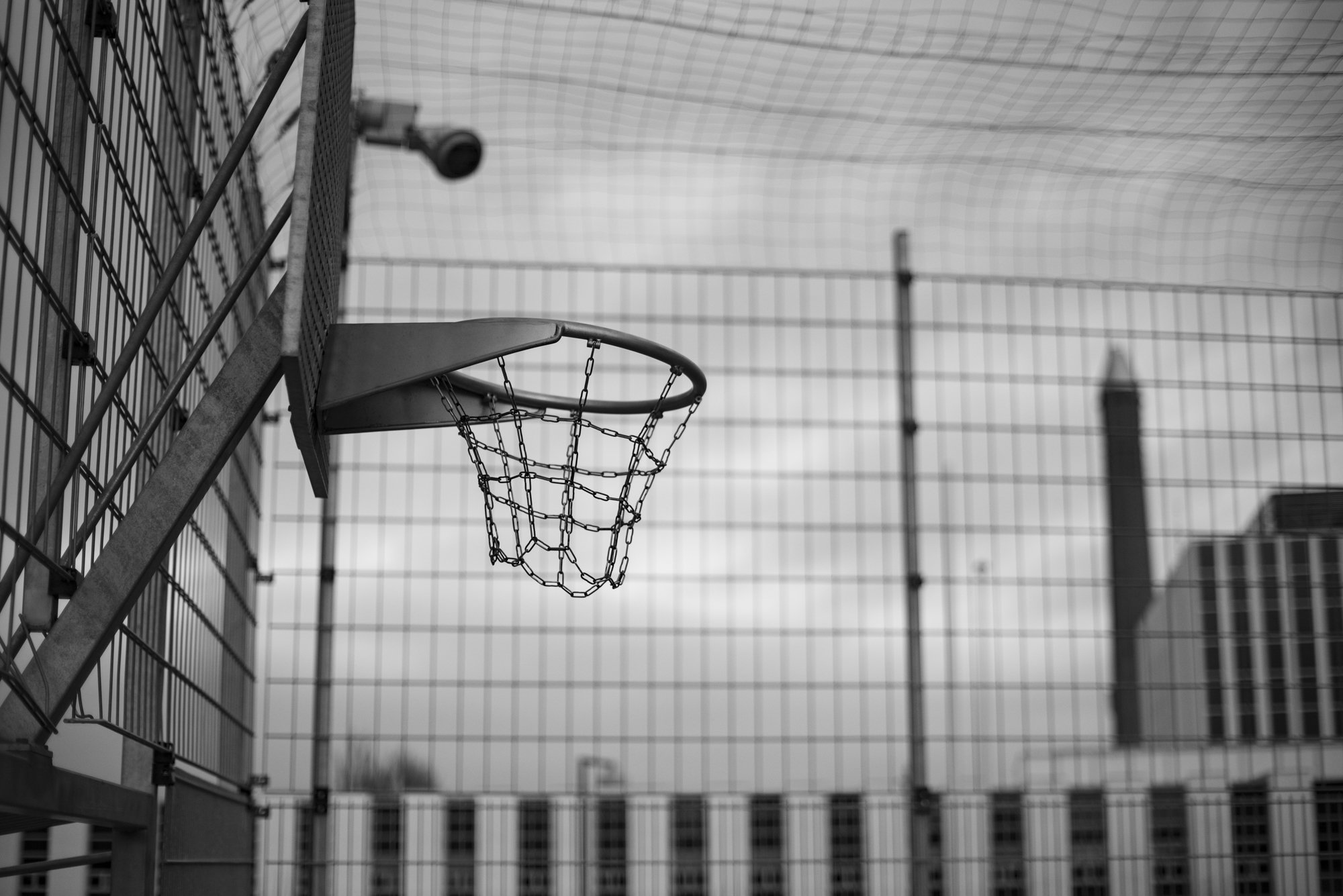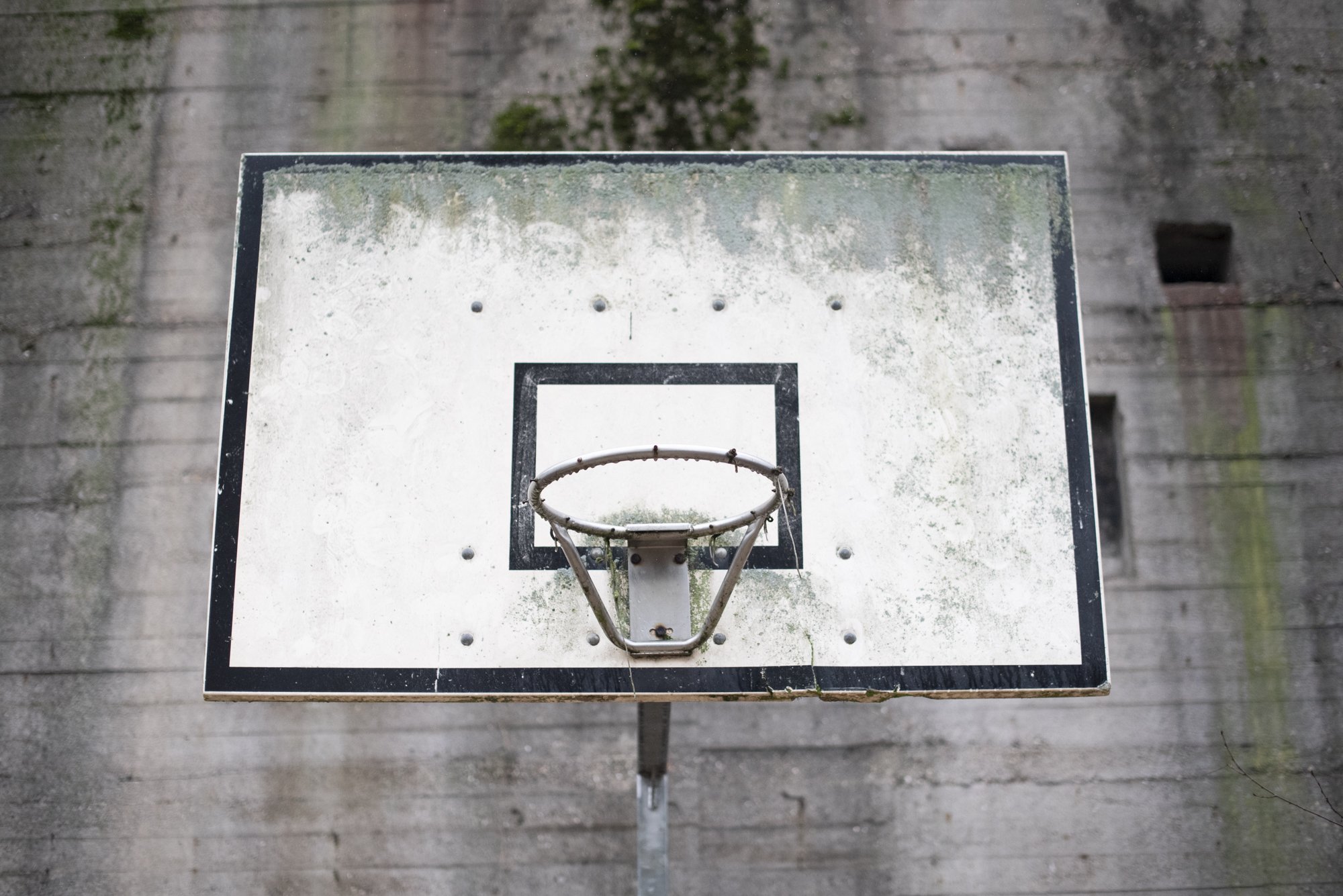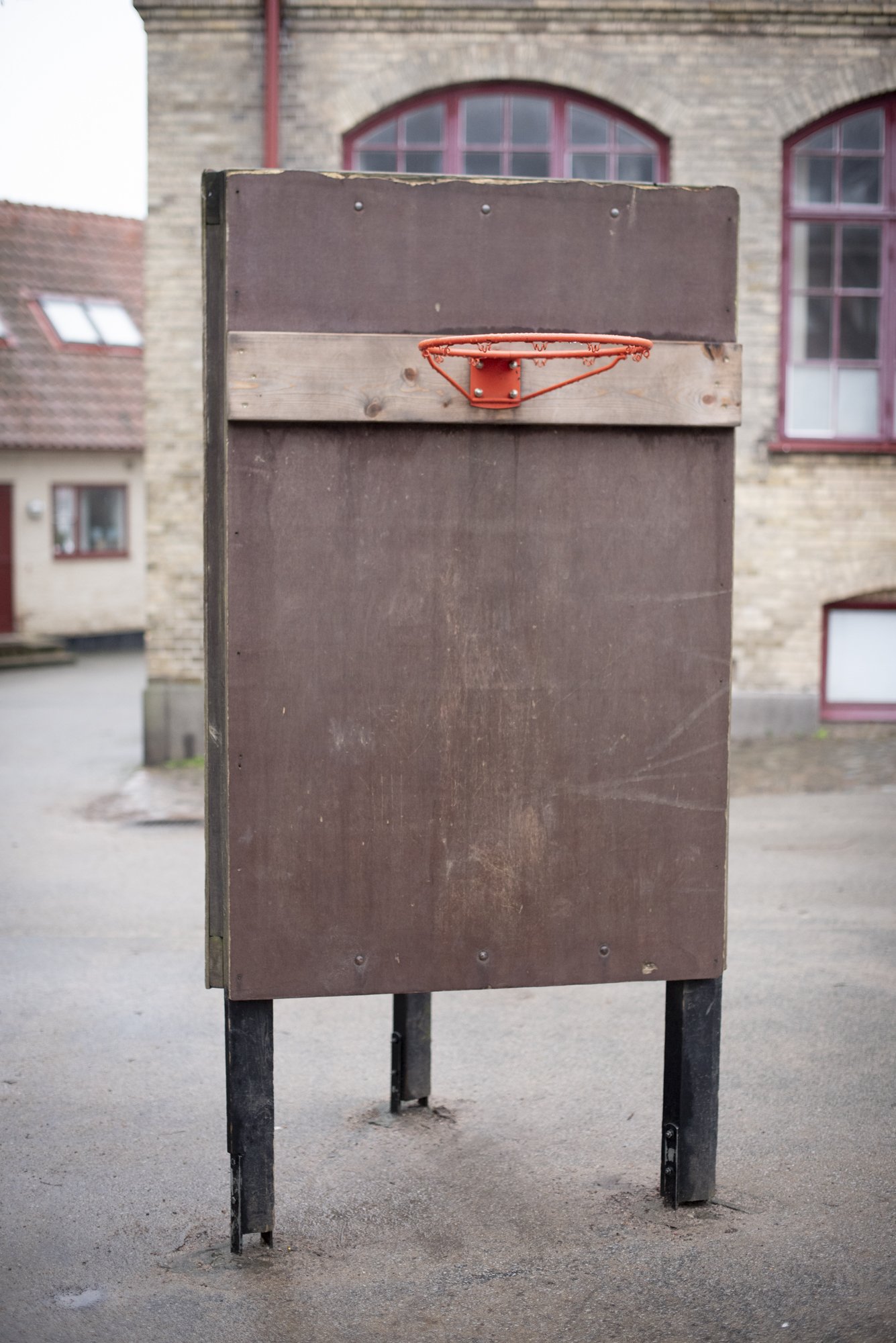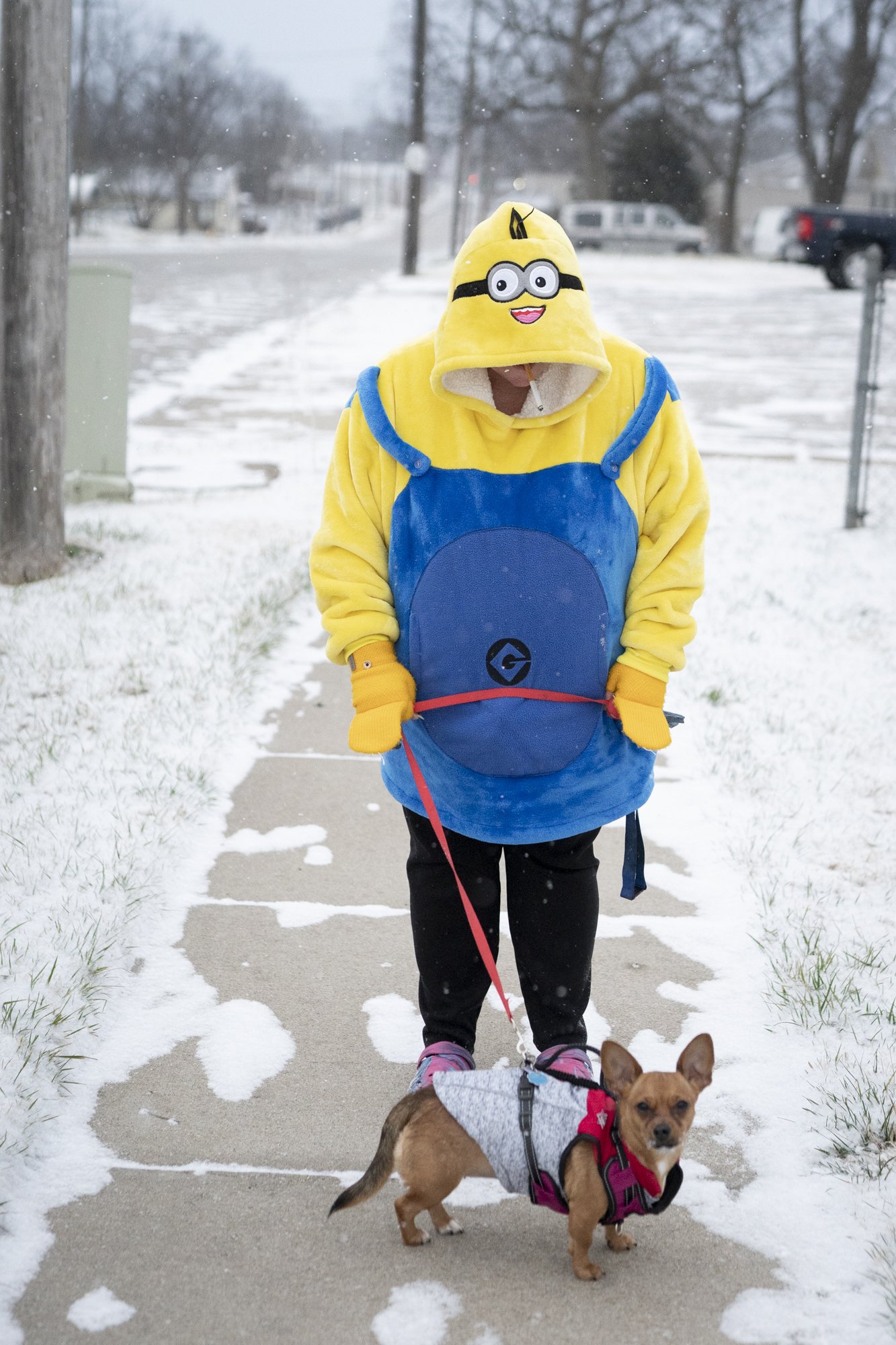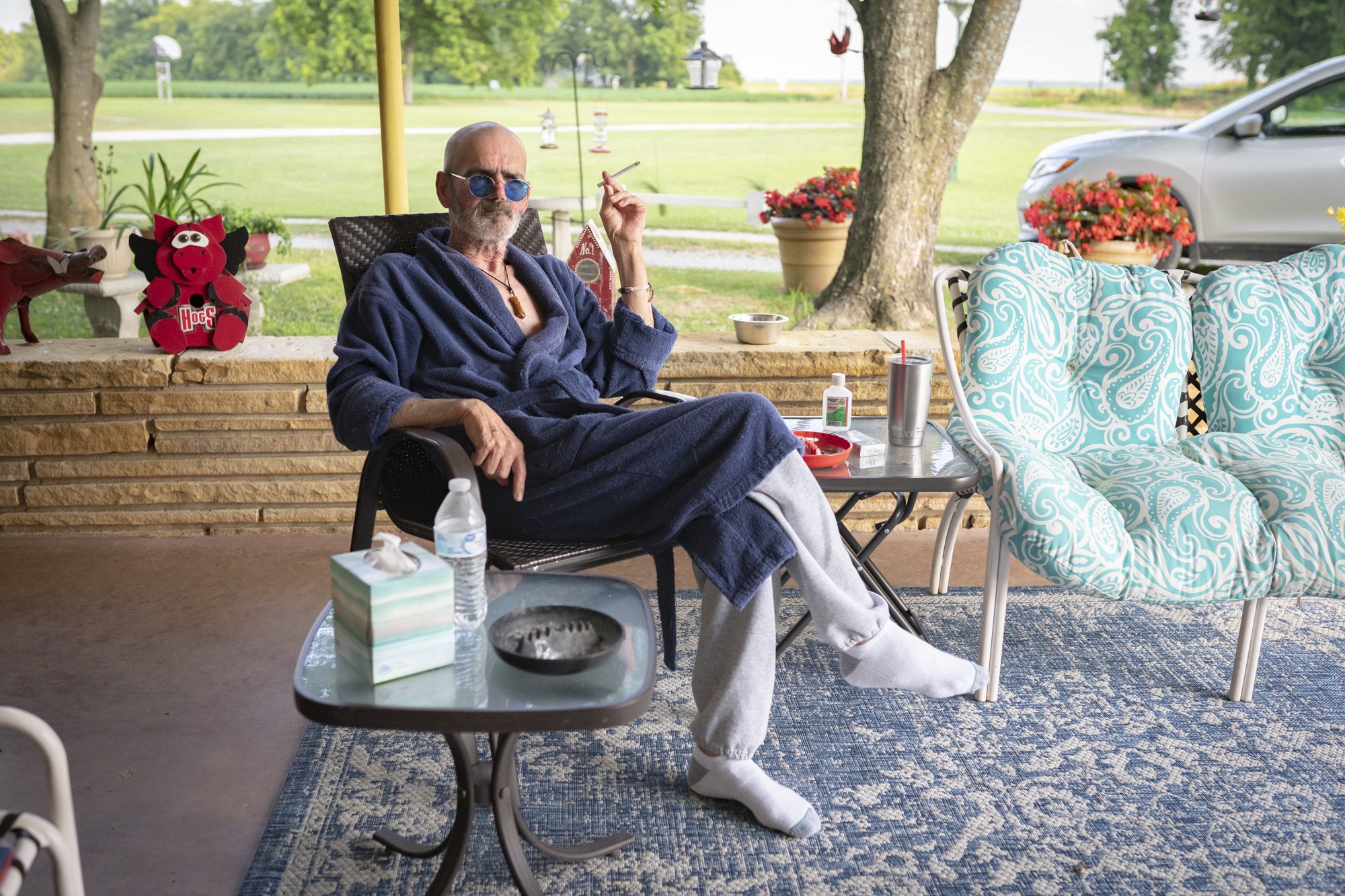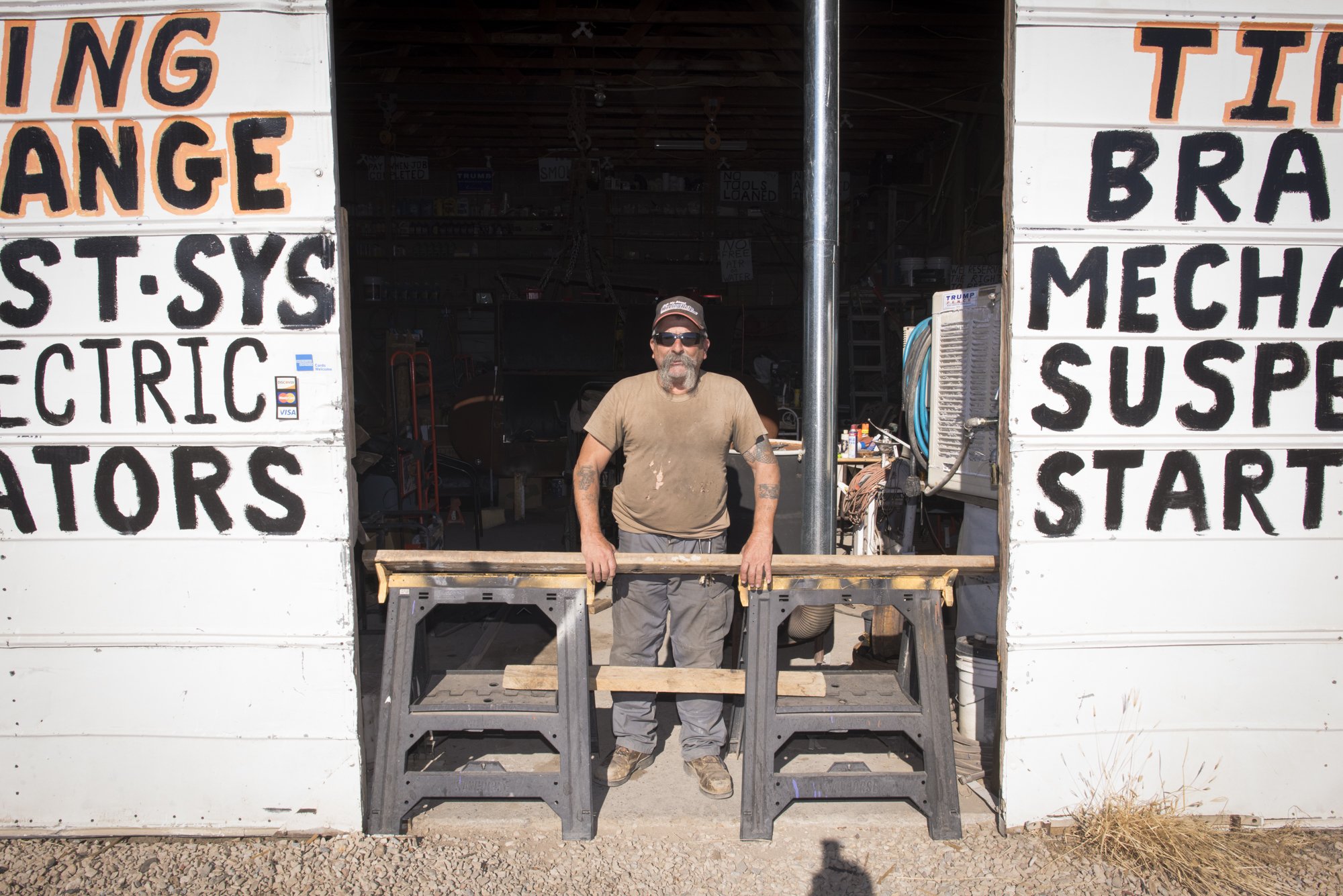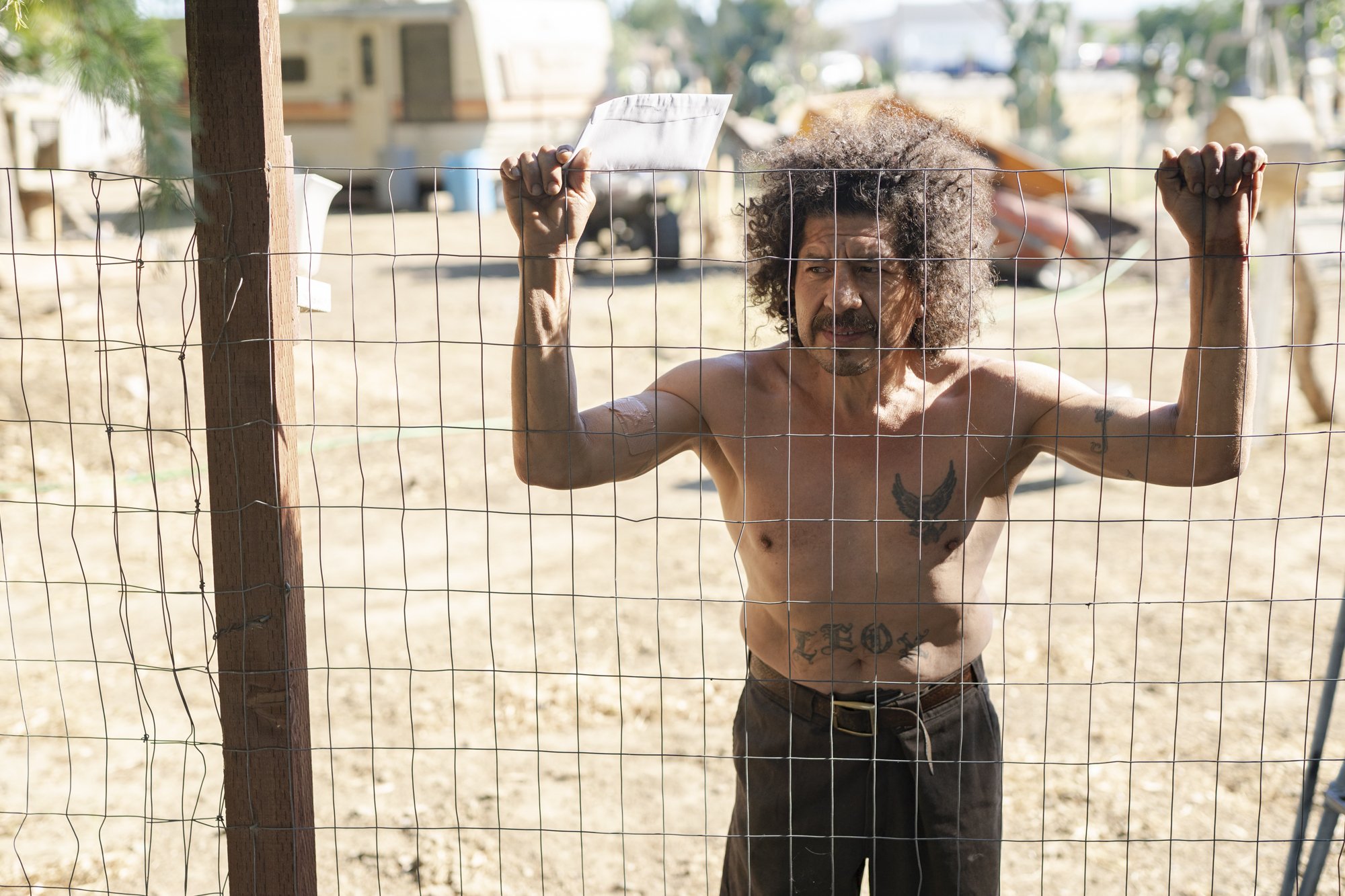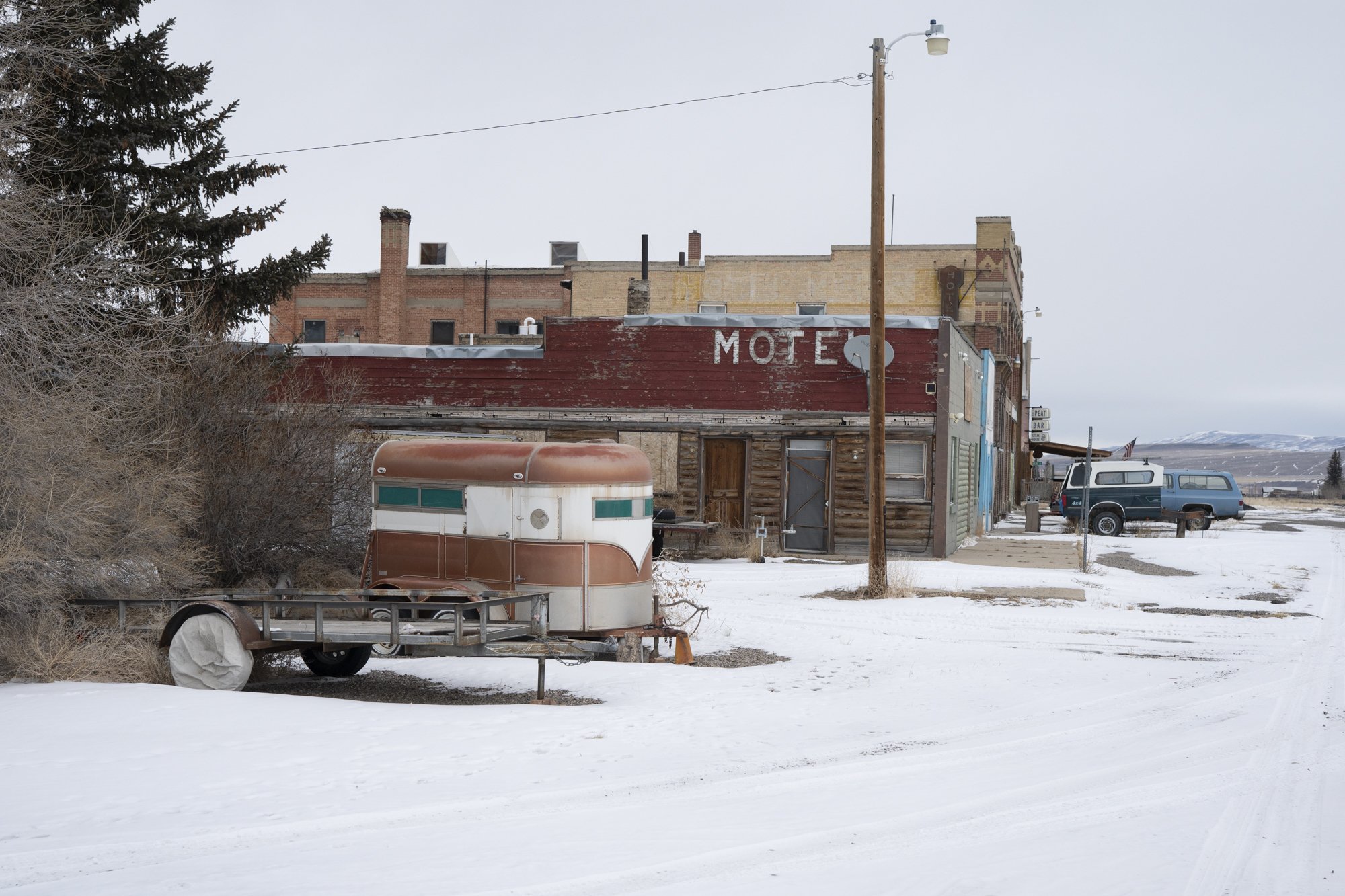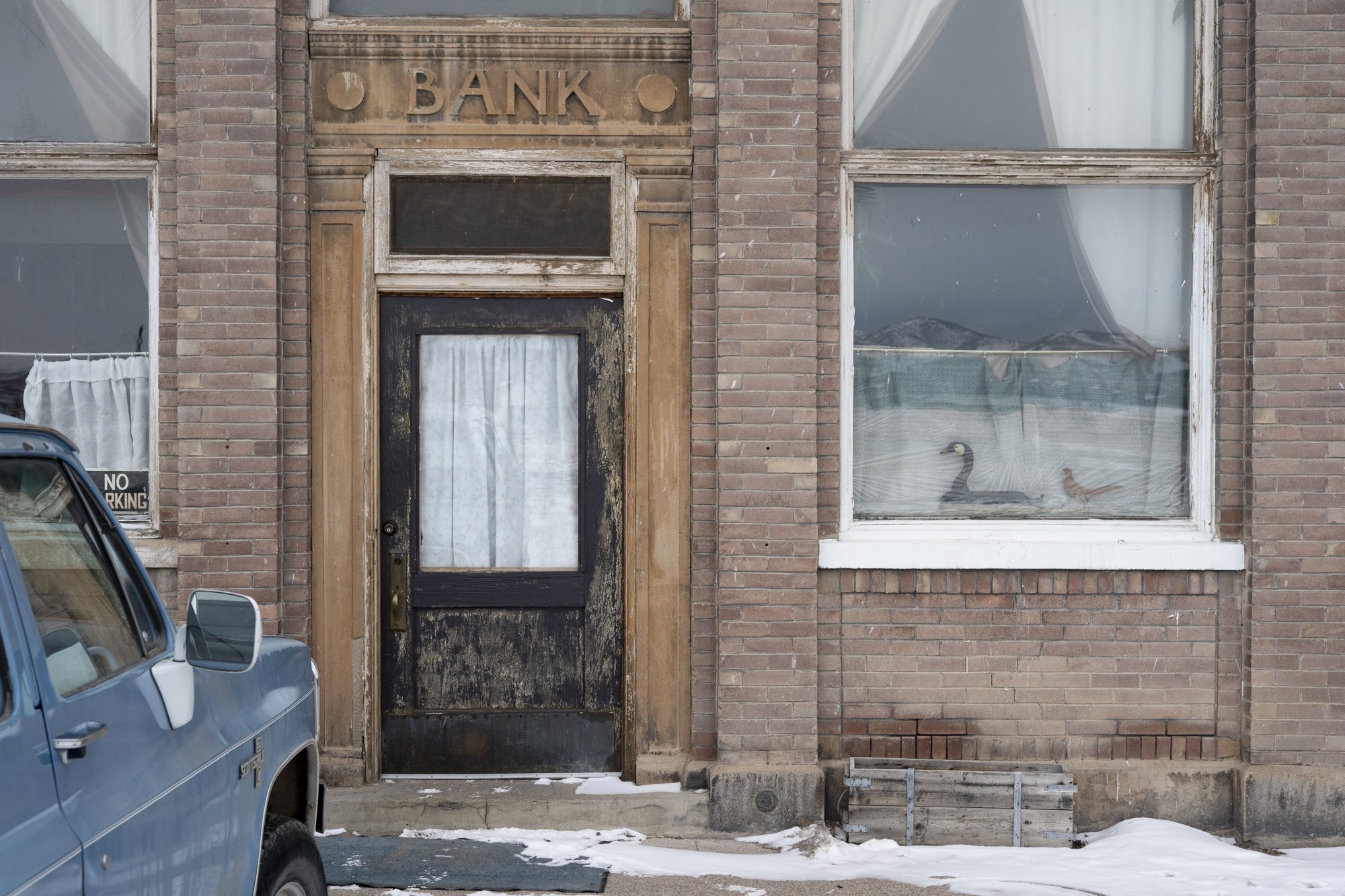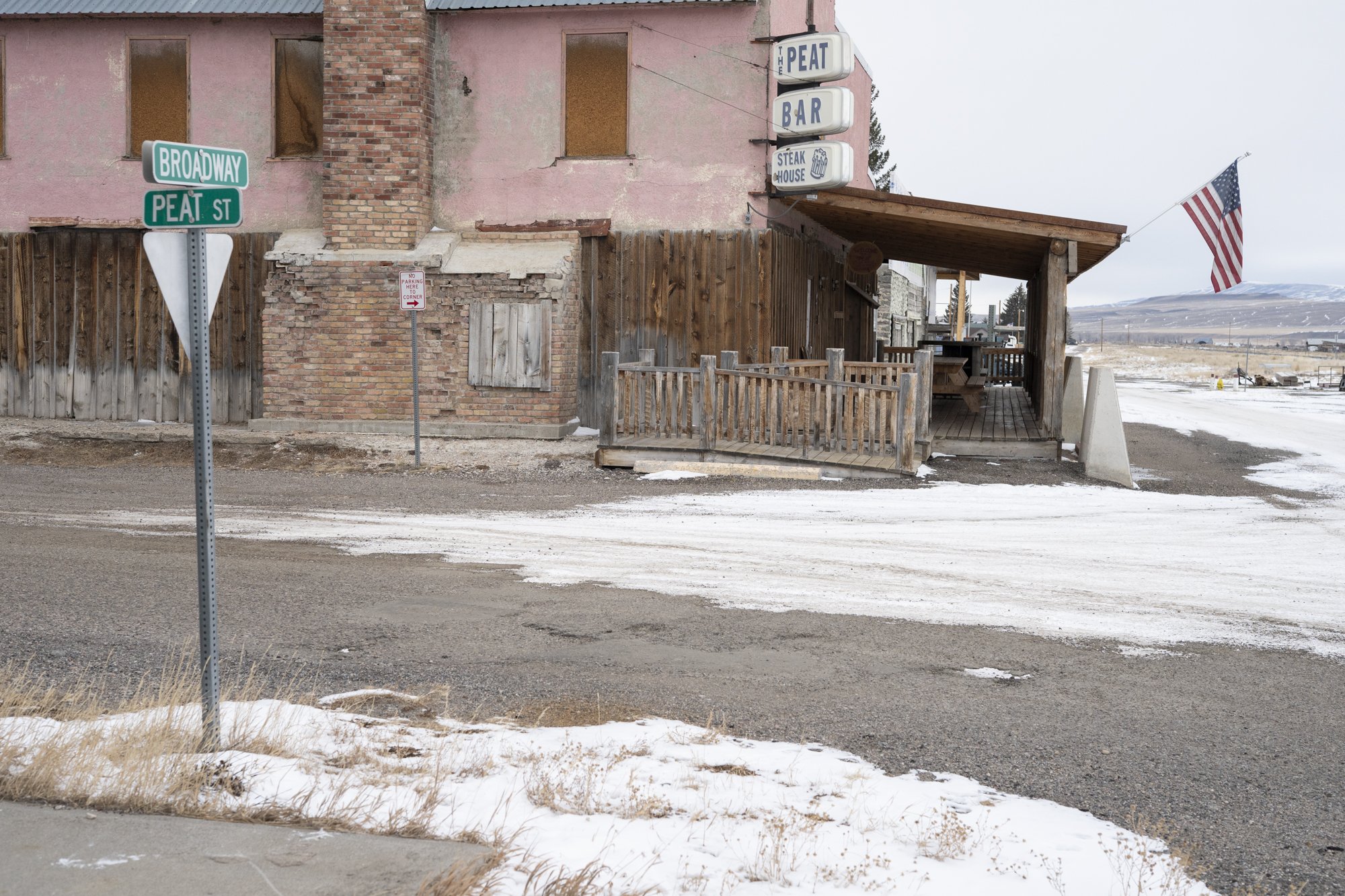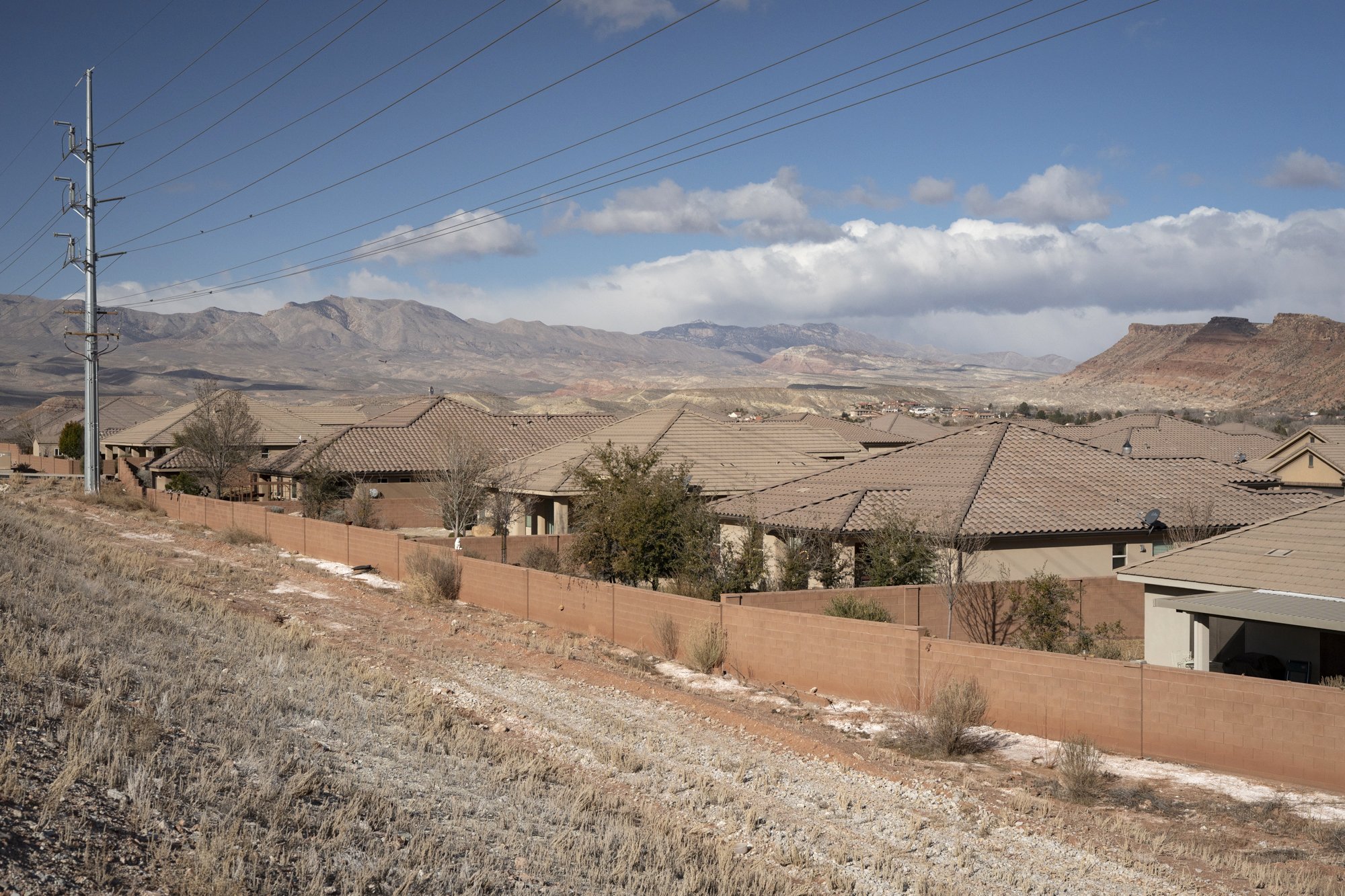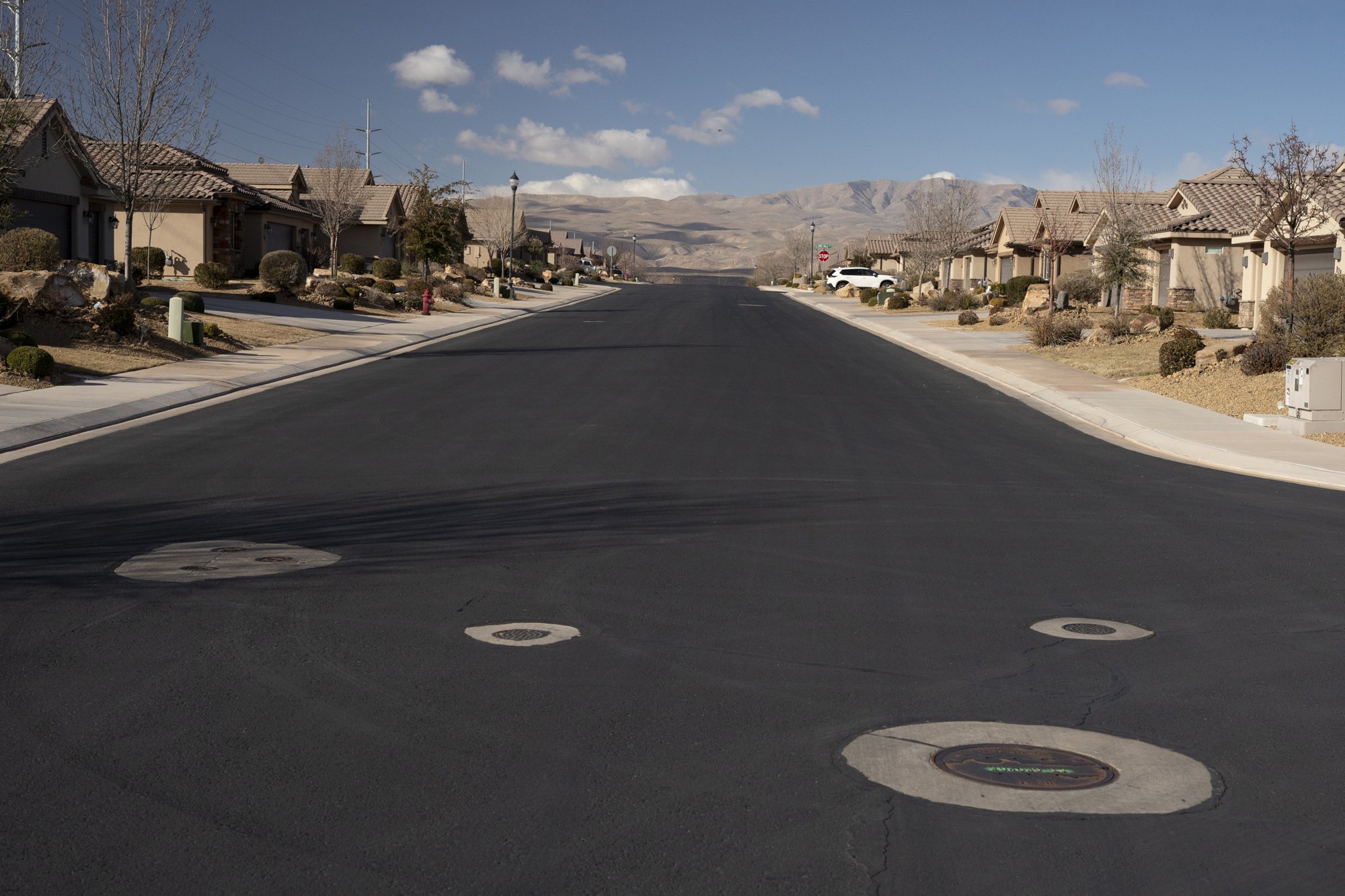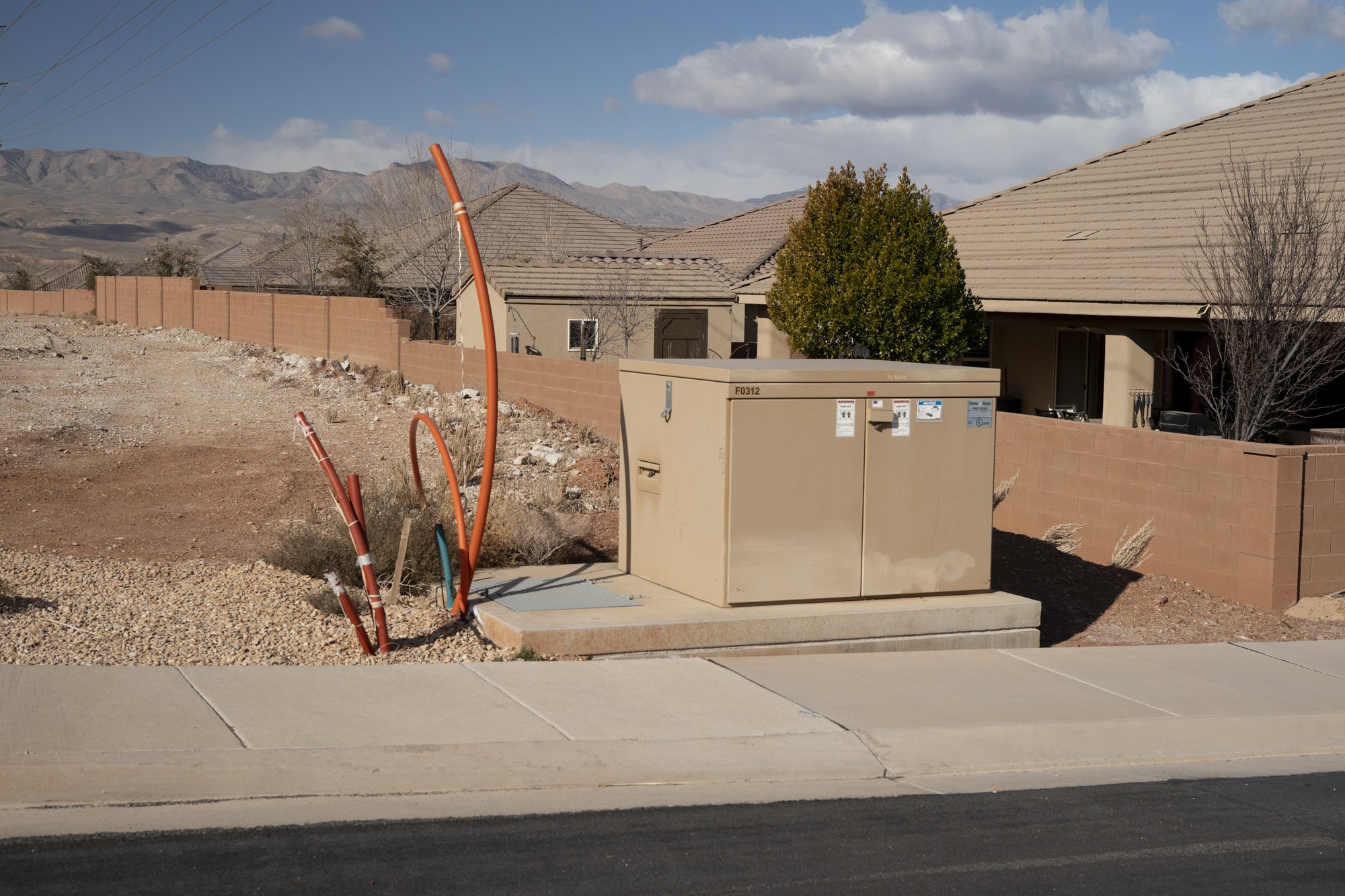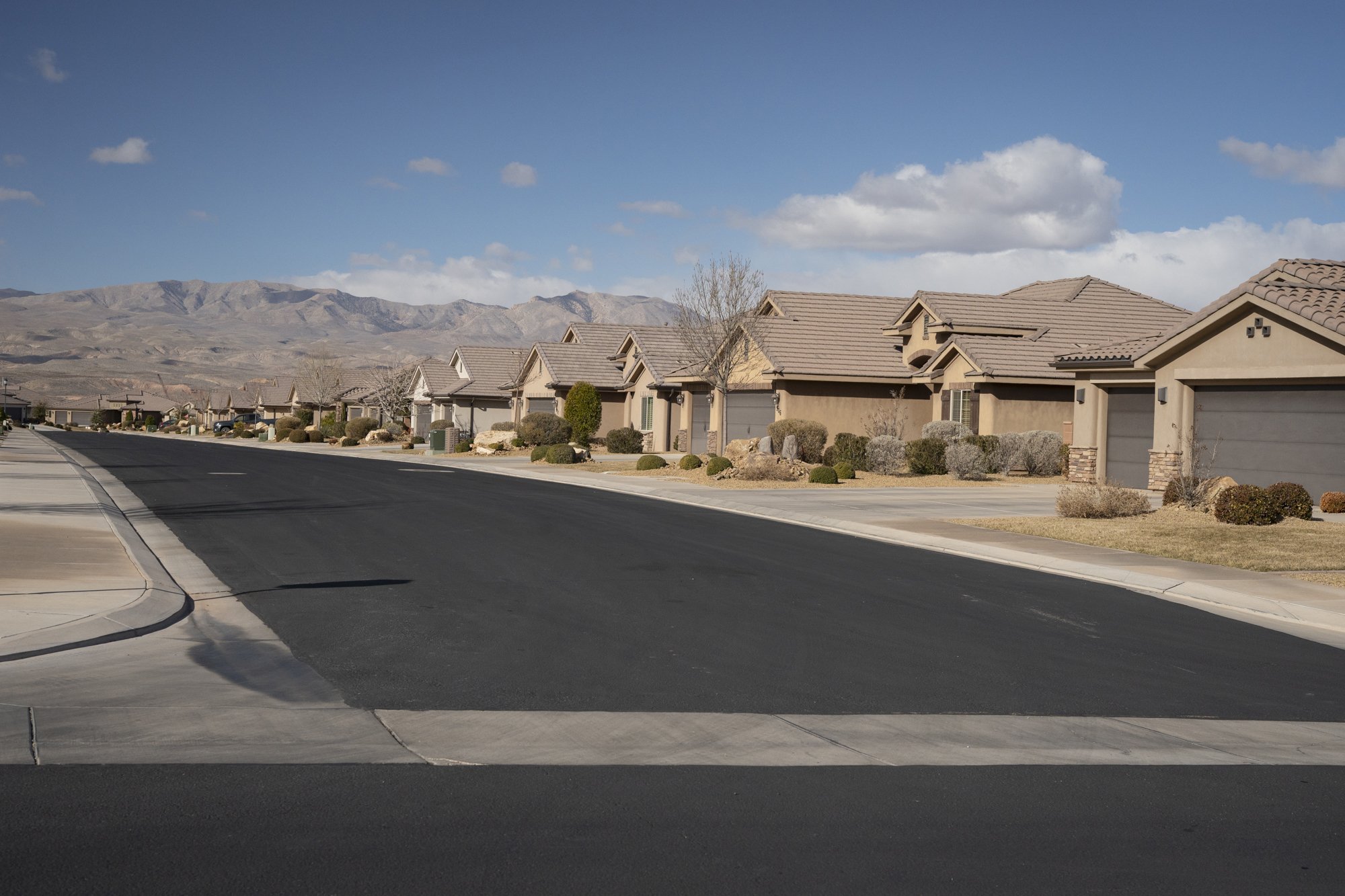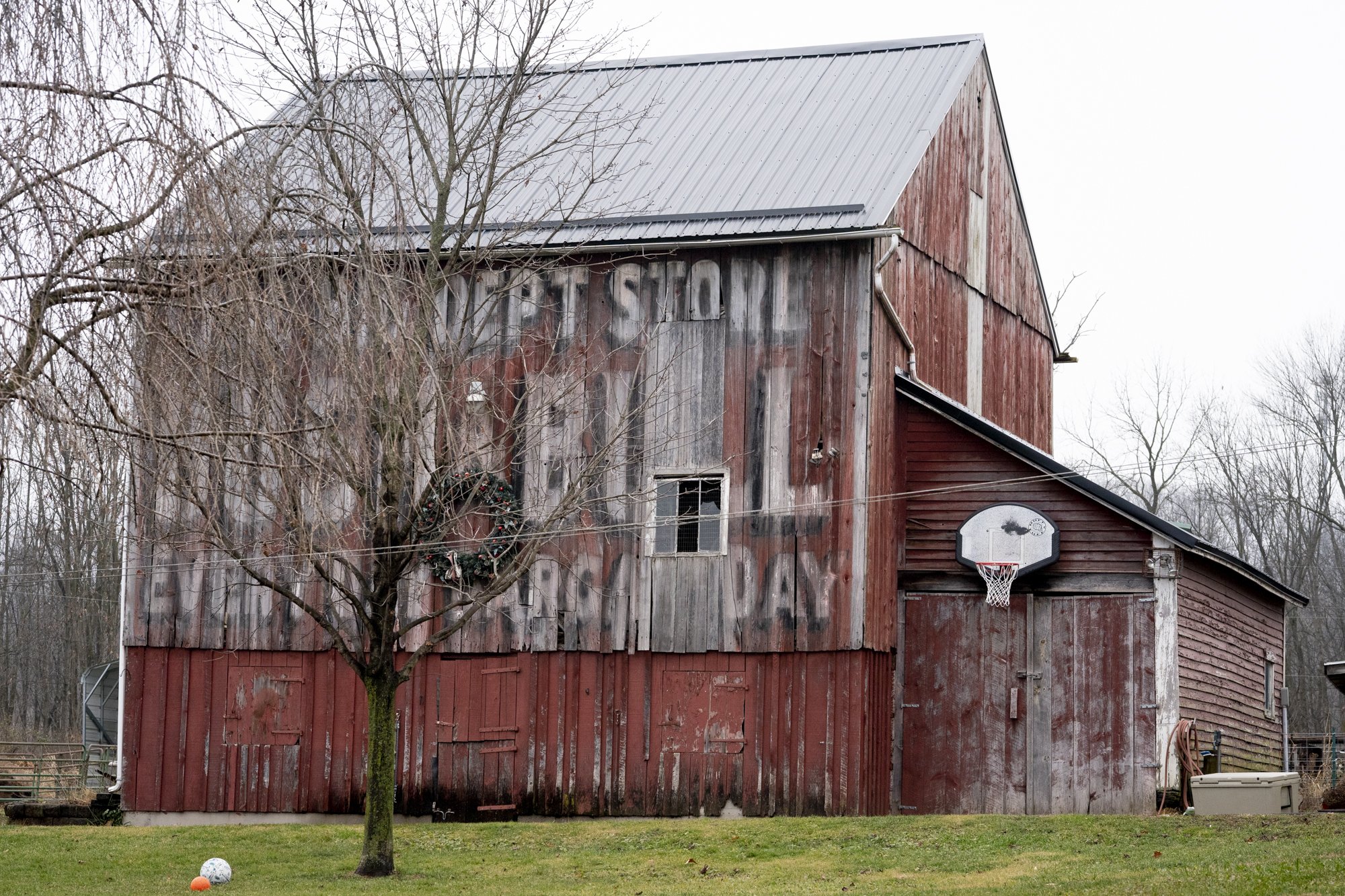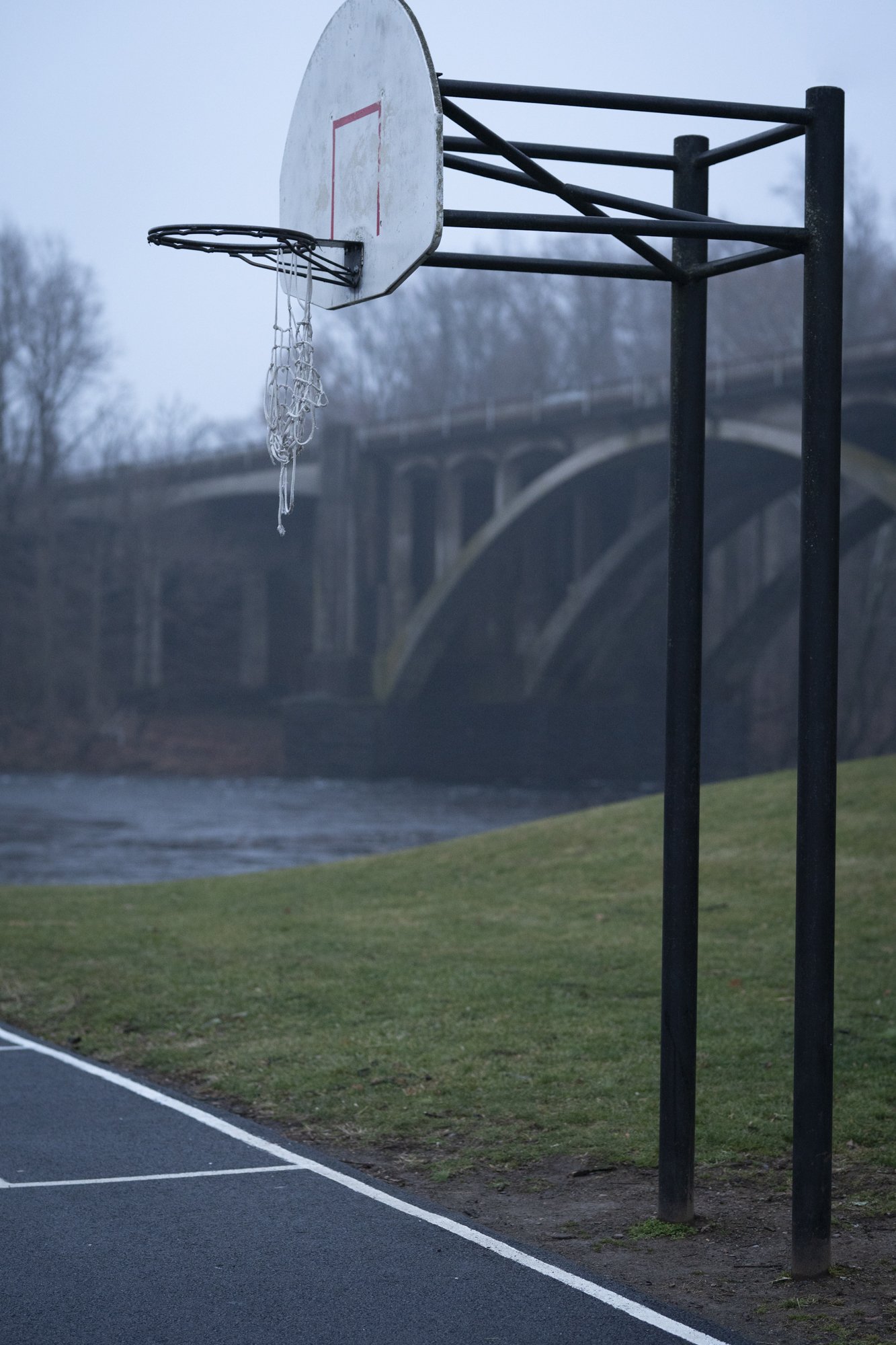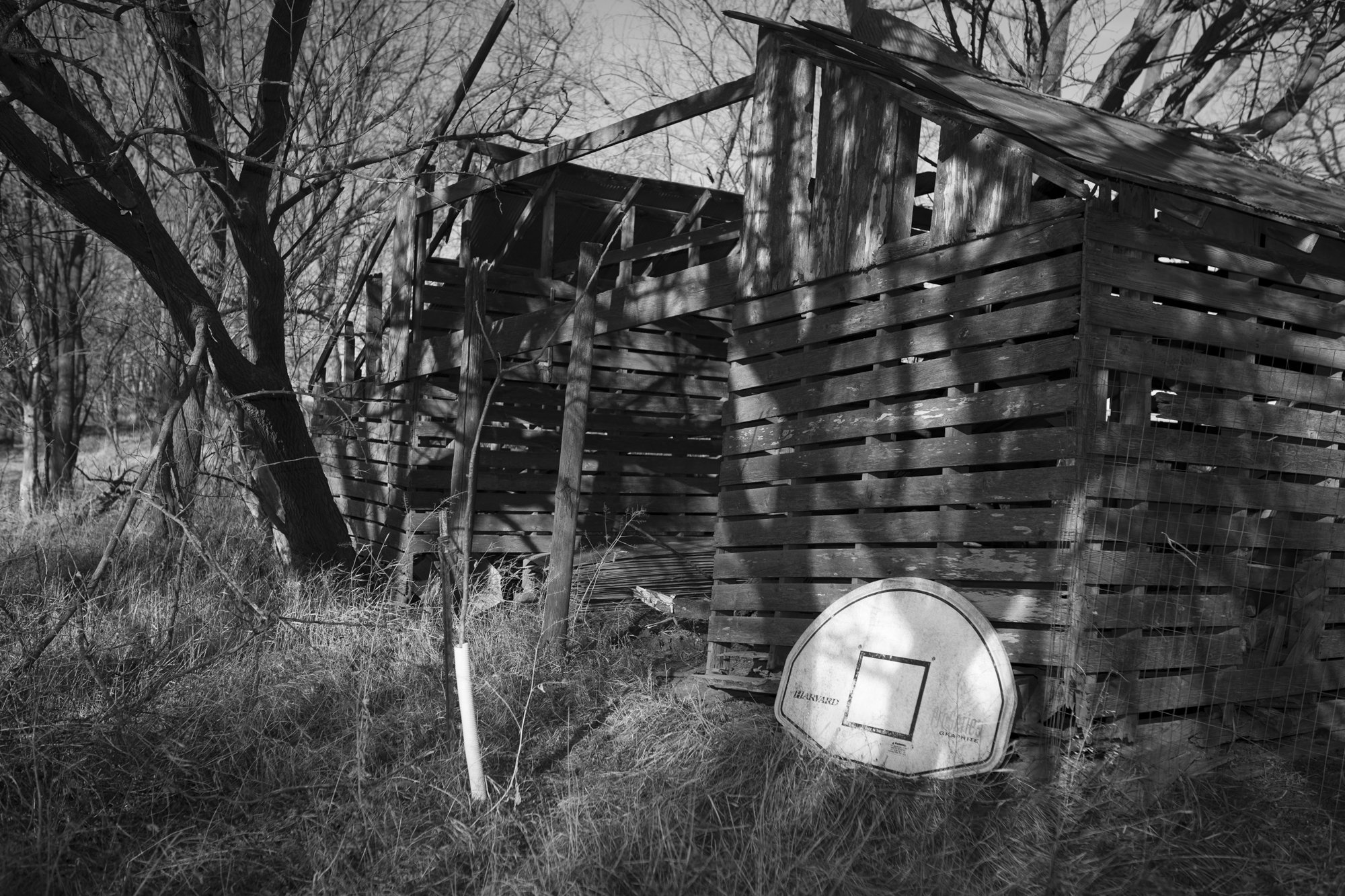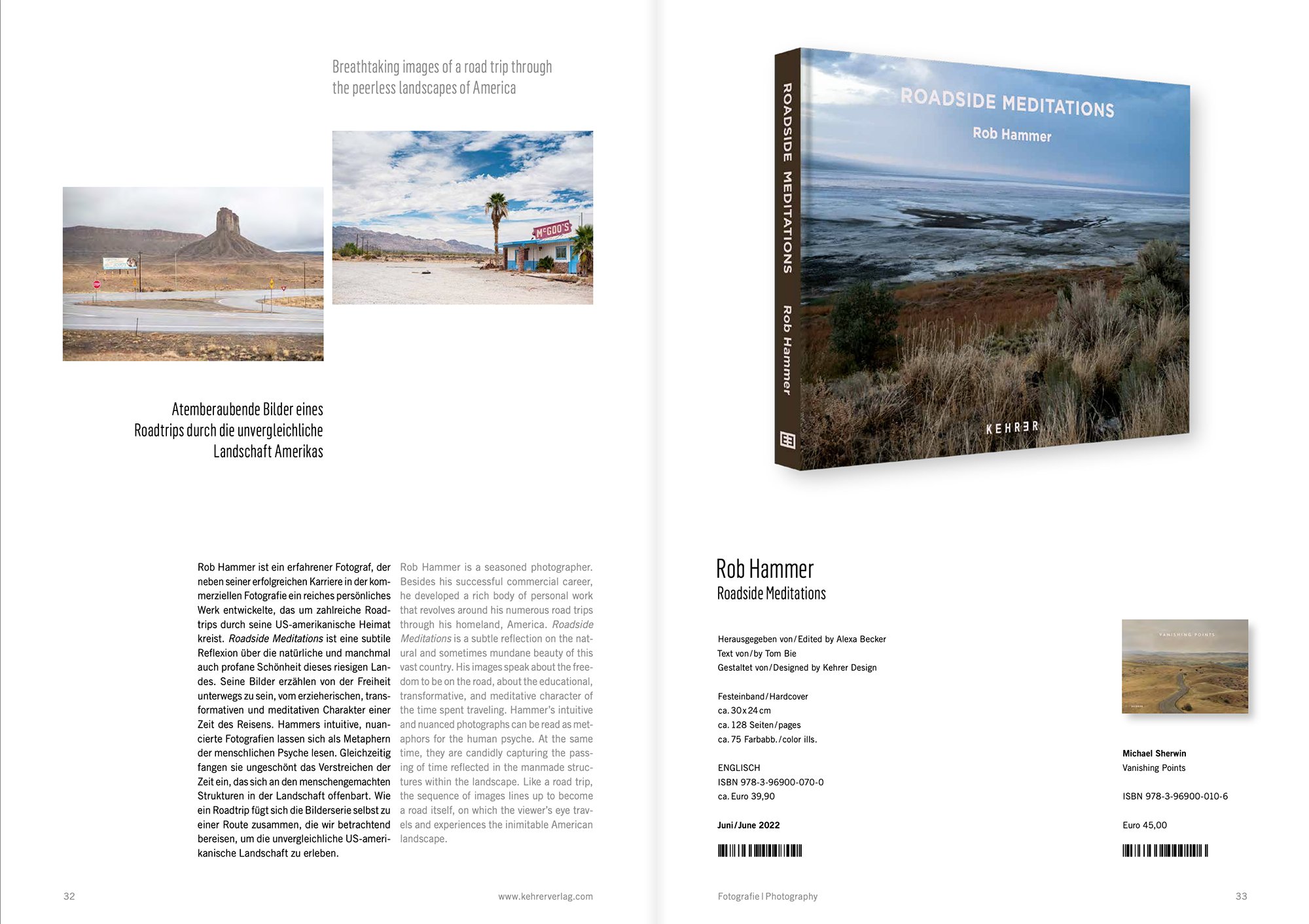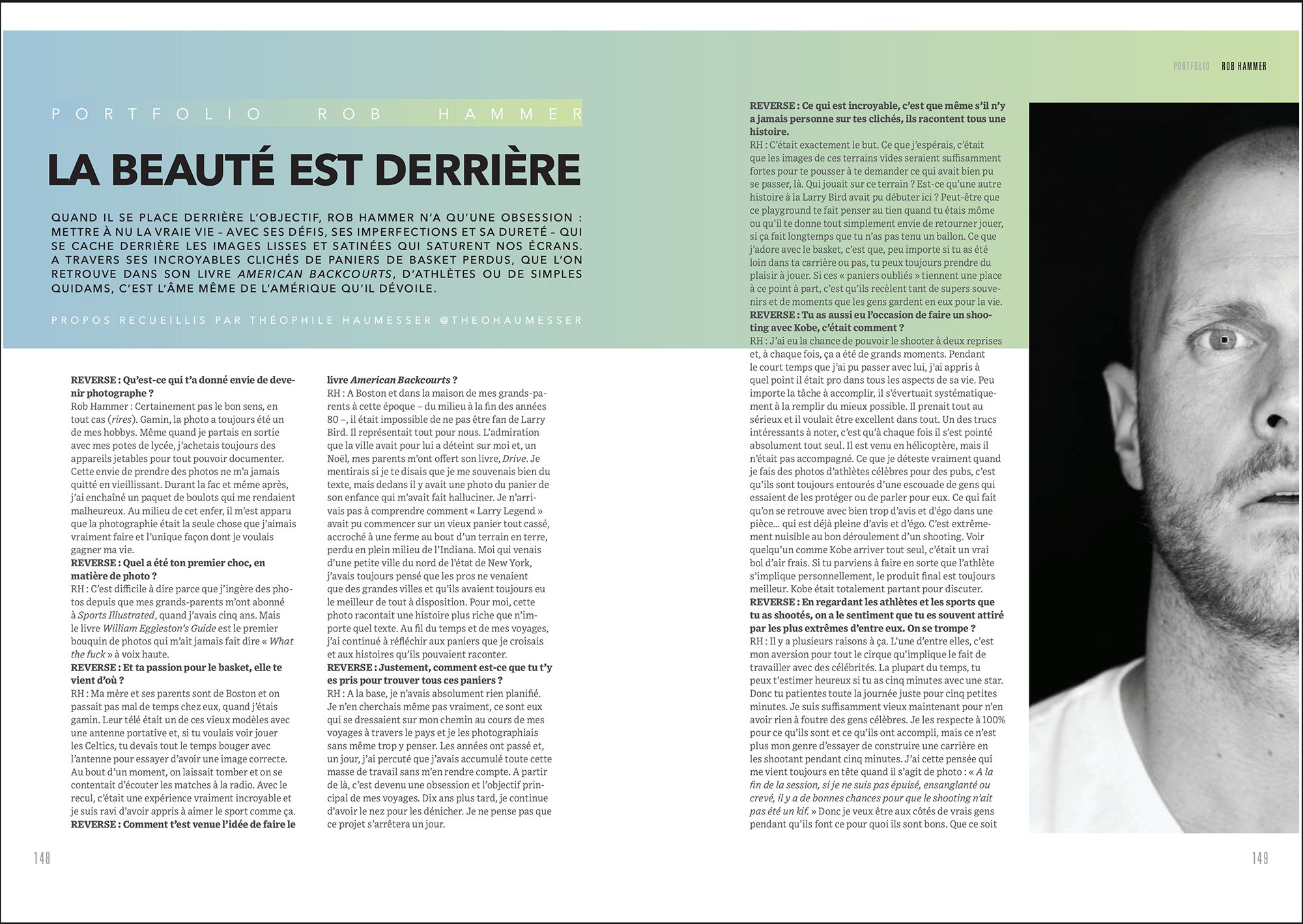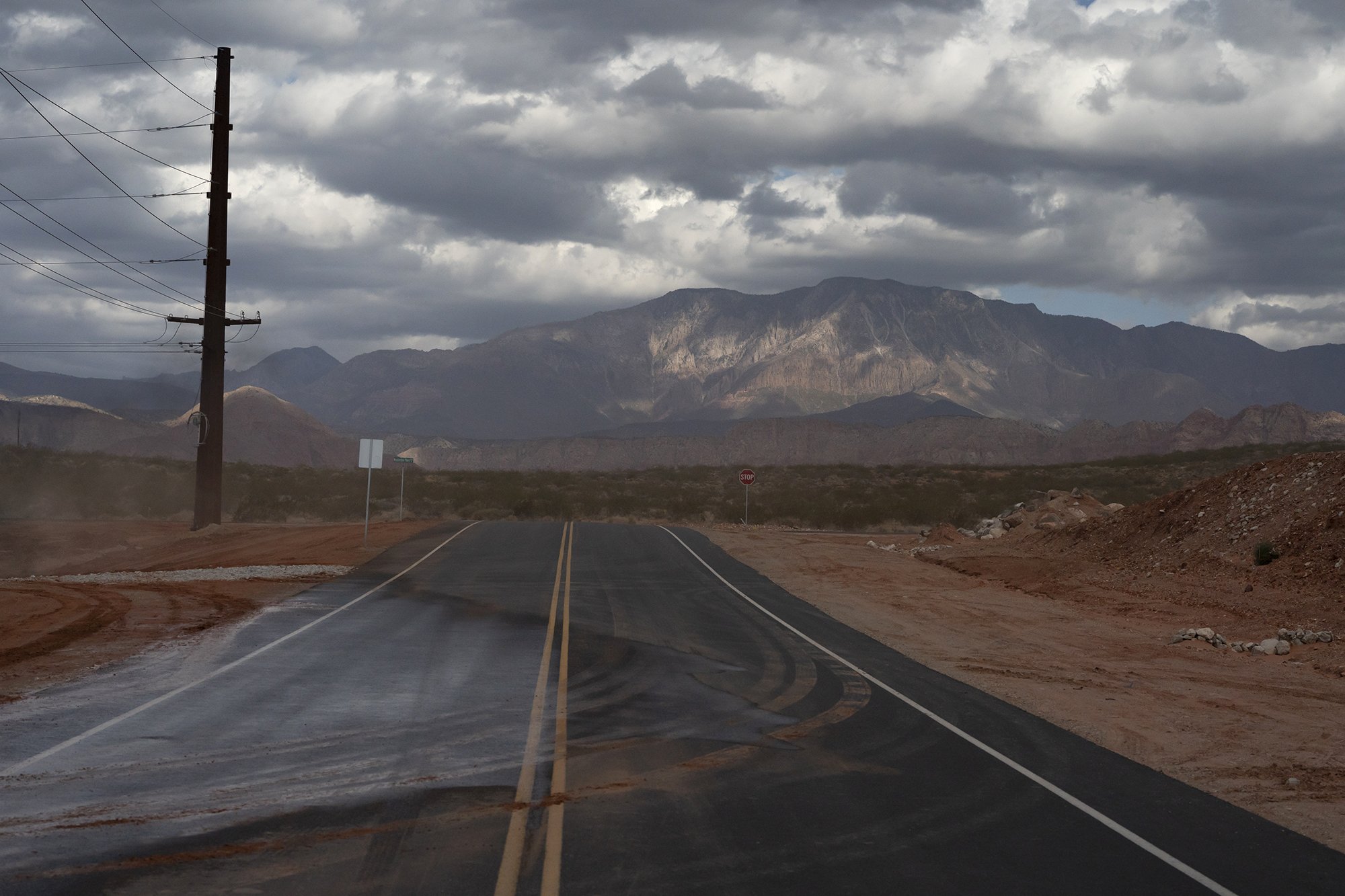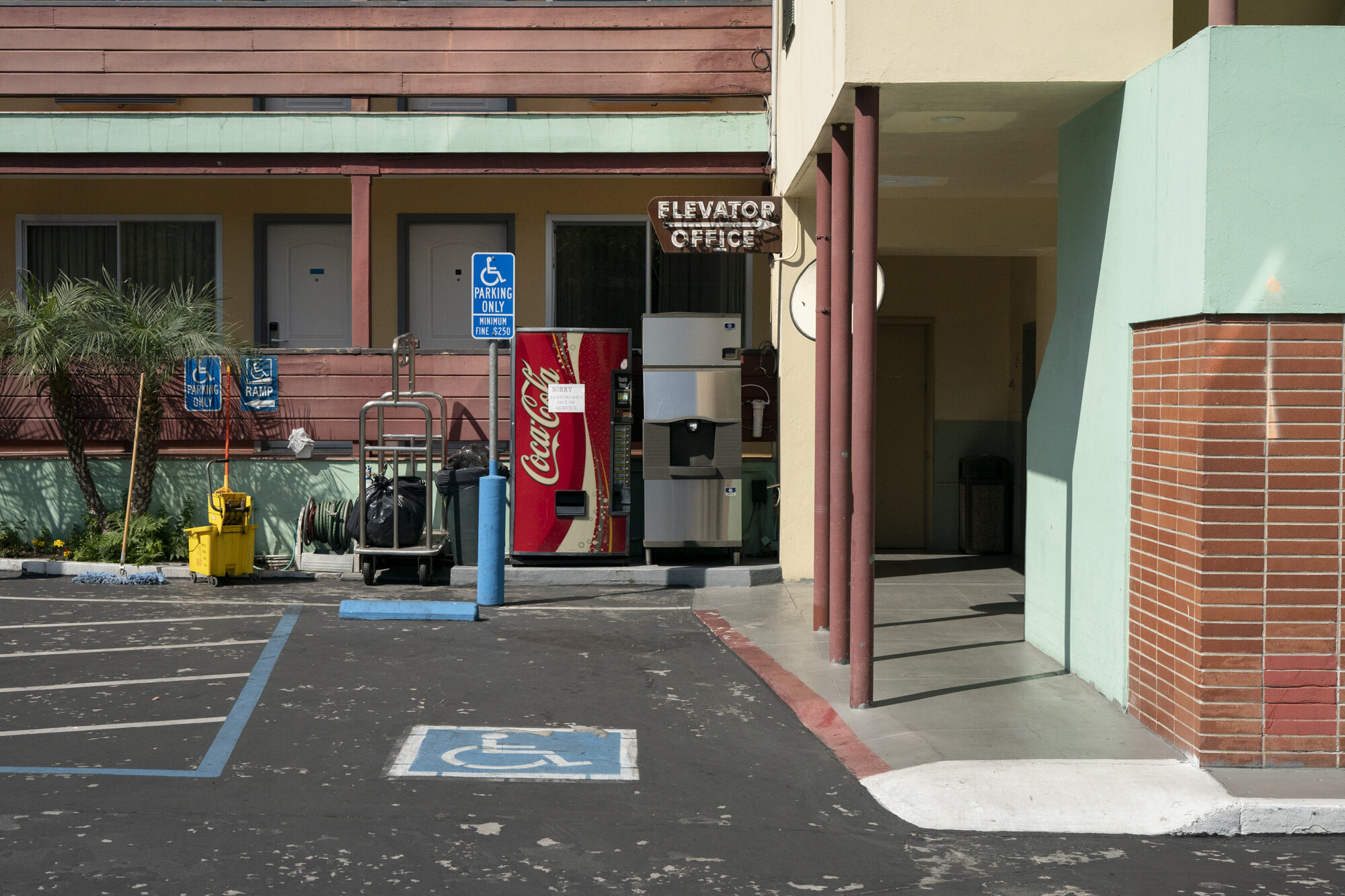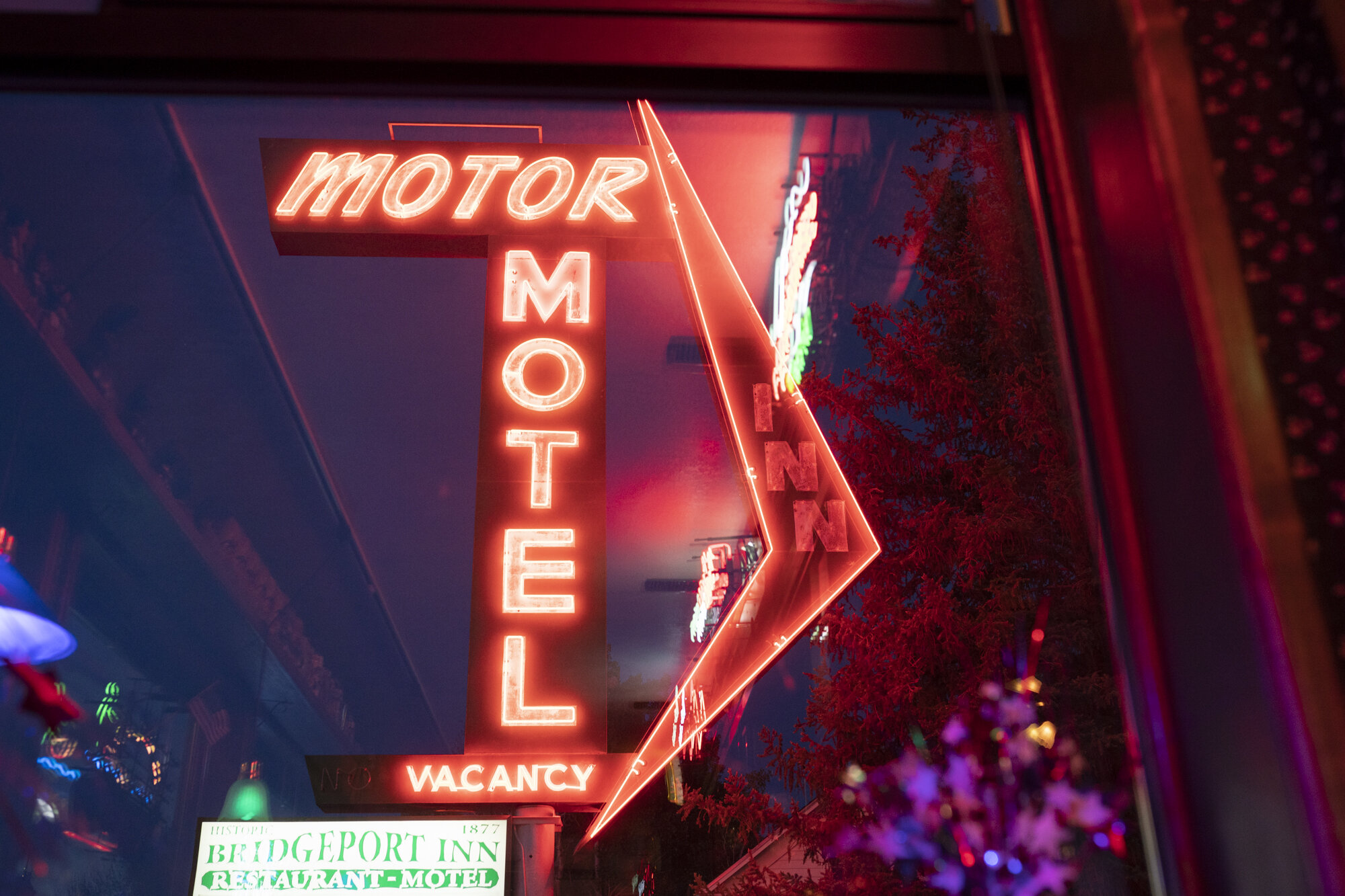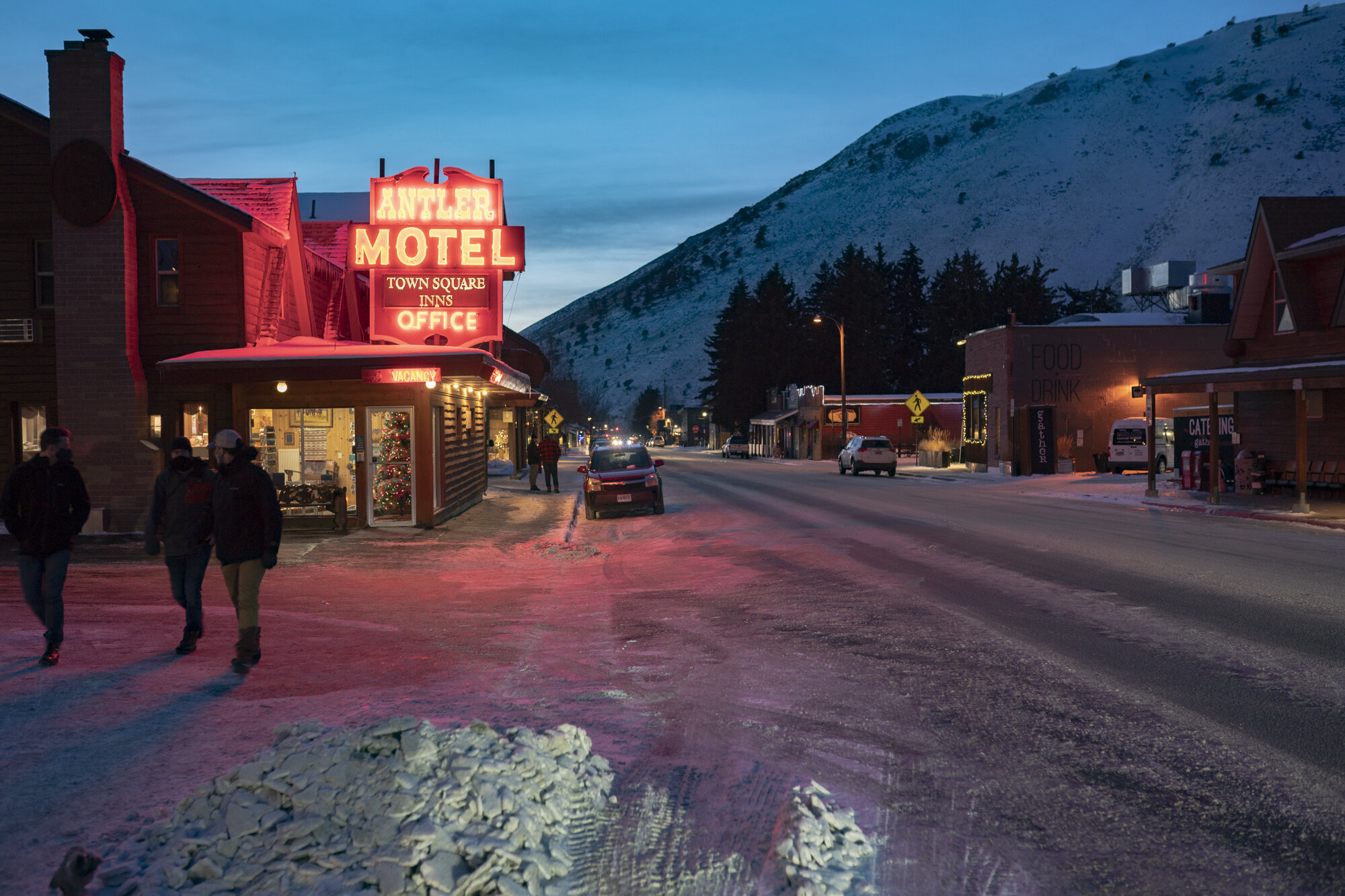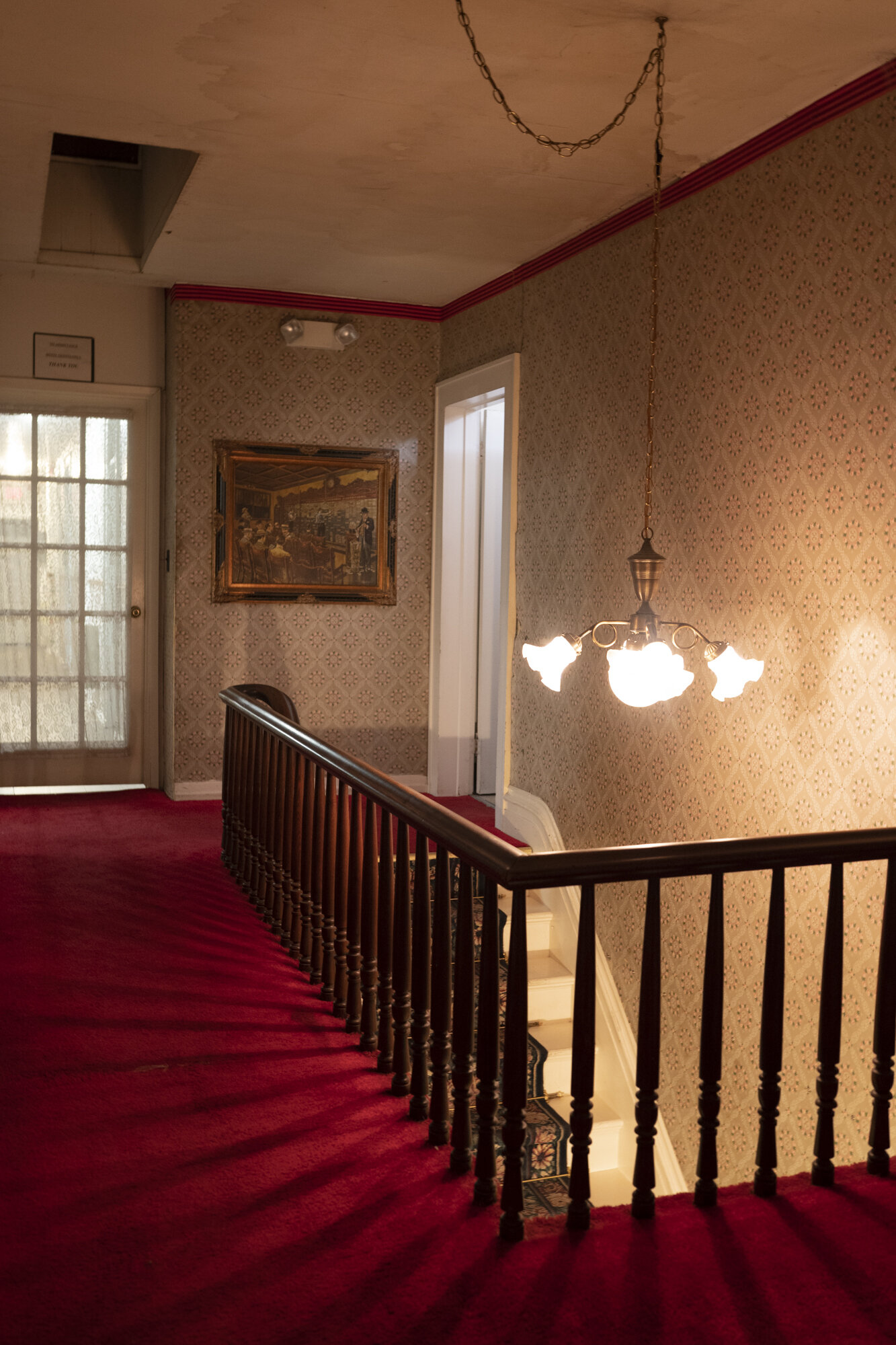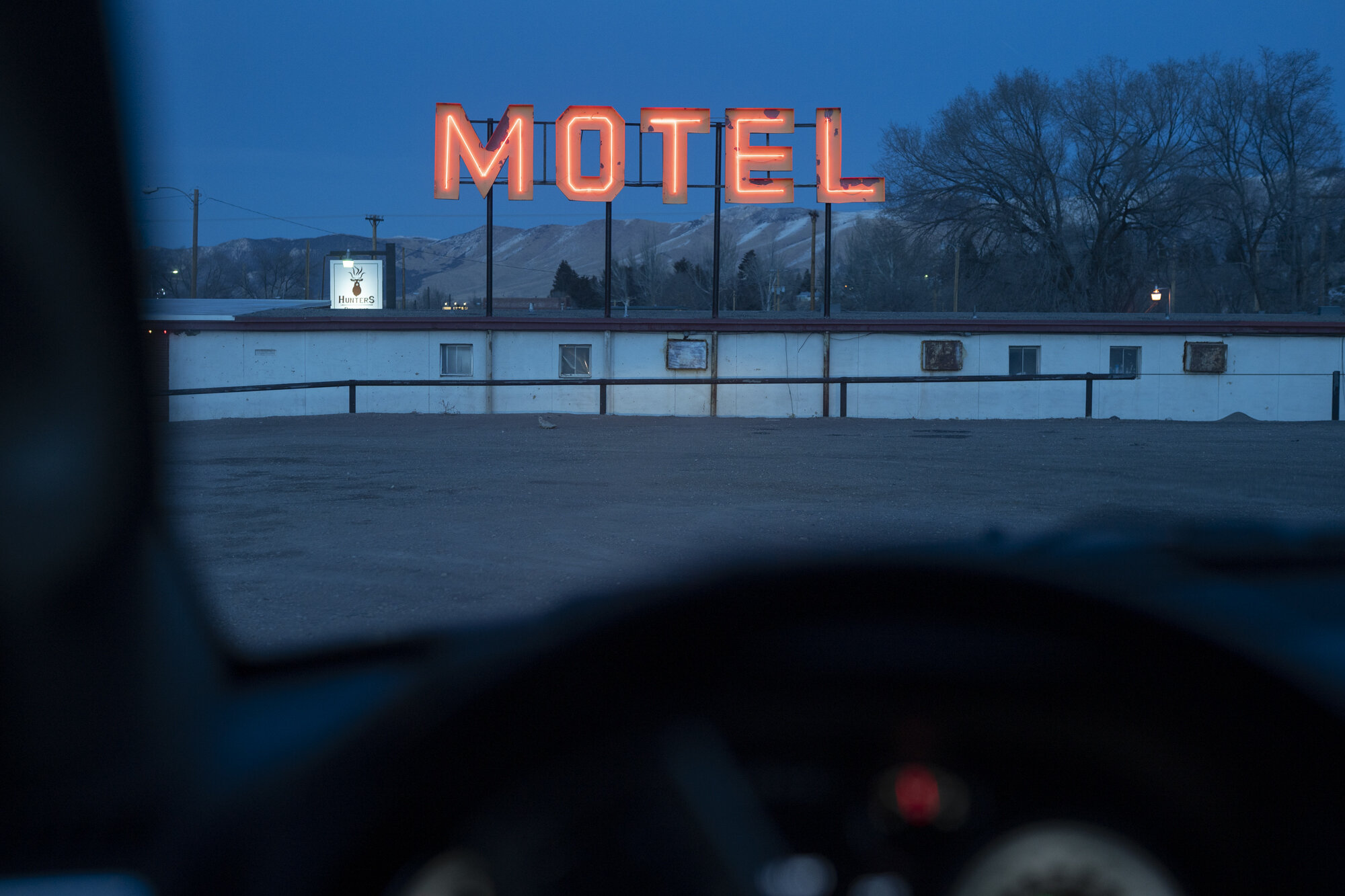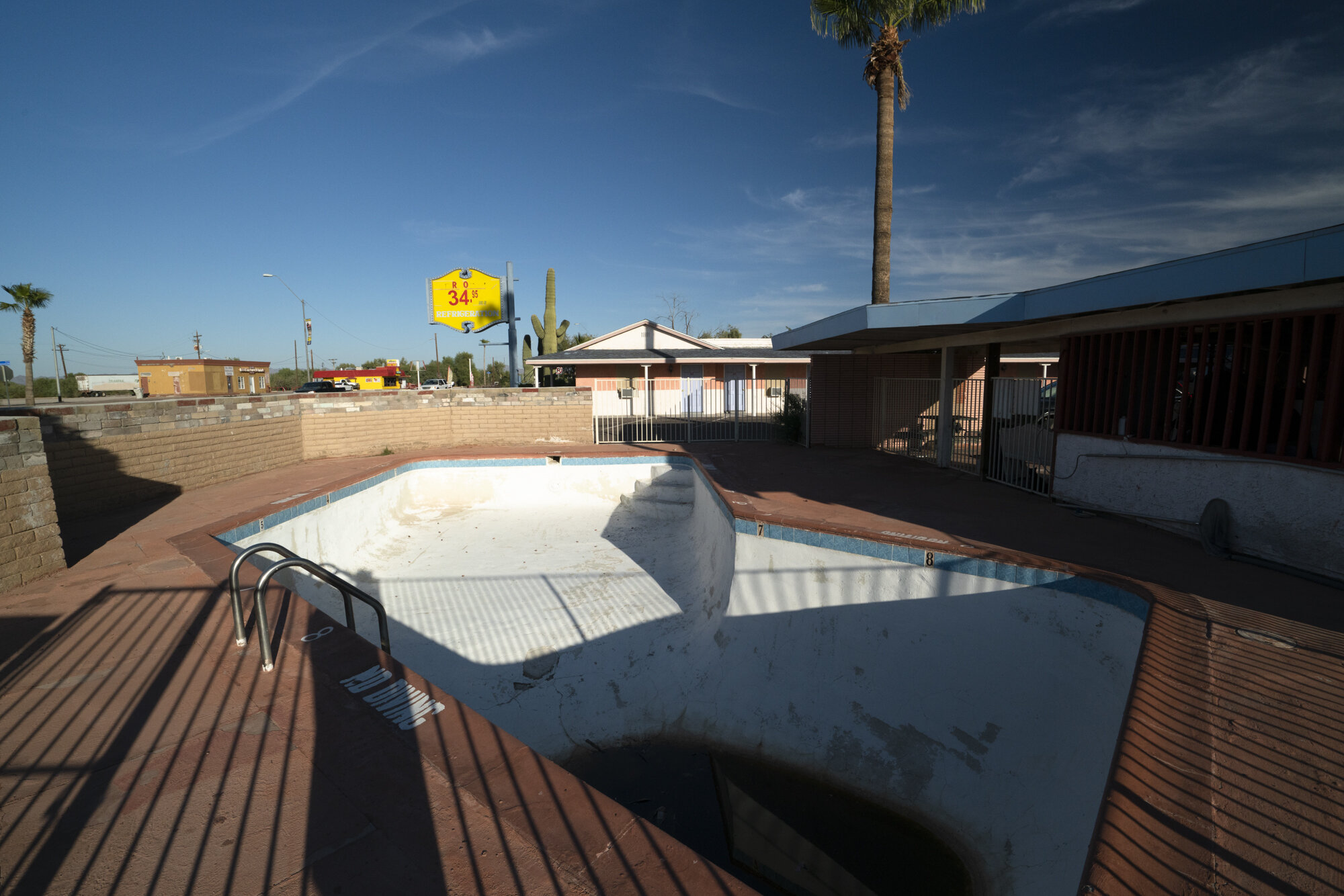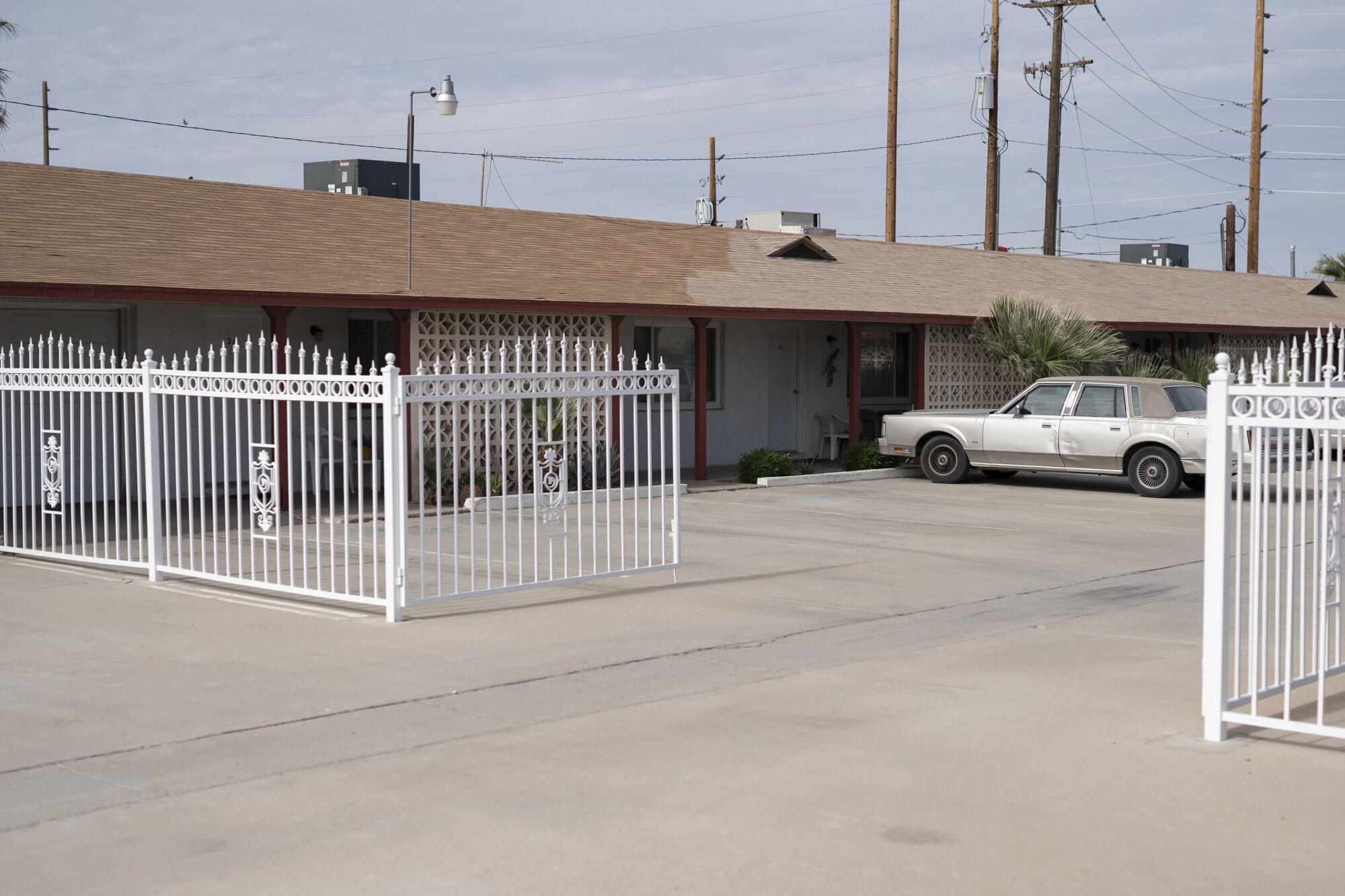You've travelled all around America, what has been the most interesting or the most enlightening trip so far?
That's a really hard thought to even wrap my head around. The experience as a whole is something I'm still trying to make sense of. Learning in the traditional way of schooling is something I've never been good at. Horrible actually. The road has been a great teacher though. If I were better with words, I'd make it a life goal to use them to explain all I've learned out there so that others could also learn from it. Overall though, it's that people are for the most part, good. All the preconceived ideas and stigmas you have about the different parts of America are probably equally wrong as they are right. Are there shitty people out there? Absolutely. Tons of them. But there are a lot more good people than there are bad. And most of those people are happy to have you, help you, or just to chat for a few minutes. Travel's great gift is its ability to change you. Before all my roadtrips, I thought that the "locals" would run me out of town with guns and burning torches. That's a bit dramatic, but you get the point. My experience has been the exact opposite, minus a few shady encounters. If you're good to people, then most of them will be good to you. Doesn't matter where you're from. If you're a Snake Oil salesman, then you're going to get treated like one. Last week I had a conversation with a couple buddies in Colorado about Texans. They are always complaining about how loud, rude, and arrogant the Texans are that they encounter in Colorado. In my opinion, that's a classic case of some bad apples ruining it for everybody else. Texas has a bad reputation for exactly what my buddies described and I won't deny that those people exist. However, Texas has grown to be one of my favorite places in the country to visit and photograph because of the people/culture. I've spent a lot of time in the small towns and country of Texas, and can say that the people are some of the warmest, most welcoming, and helpful I've ever met. This past July I was on the road headed back to Cape Cod to visit family and went through Texas to get my fix of BBQ, while also looking out for hoops to photograph. A wrong turn put me on the side street of a high school gymnasium with an open door. I had no intention of photographing an indoor basketball court but took it as a sign. Went in and introduced myself to the guy inside who was coaching a couple kids. This was a Sunday on a holiday weekend. After explaining what I do, he invited me (and my dog Mojo) right in. Showed me around. Took us to the big gym where the games are played, turned on the lights and scoreboard, and left me alone to photograph the place for as long as I wanted. Afterward he brought Mojo and I into his office where he shared boat loads of information about all the oldest and historical highschool basketball gyms within a two hour radius, gave me some of their teams branded clothing, and sent me on my way with his phone number to call if I ever needed anything else. En route to the BBQ joint I stopped at one of the gyms he recommended. It was closed and the campus was deserted. After some searching I found a lady working in the bus garage and told her what I was trying to do. She stopped working to call everyone in her cell phone that could possibly get me into the gym. It didn't work, but she sure tried. About 100 miles later I found a hoop attached to a tree in someone's front yard in the middle of nowhere so I stopped and asked permission to photograph it. The front door was open. Not unlocked. Wide open. A woman came to the door and was happy to oblige. Moments later I was outside making pictures and saw her drive away. Front door was still wide open, and from all I could tell, nobody else was home. Not another person for miles and miles. That's Texas. That's America.
Not sure if that really answers your question. If not, I'd have to say the cumulative experience is what it's all about. Not any individual trip.
Who's the person or the event that you would dream of shooting?
That list is even longer than the one of photographers who have influenced me, but I don't have a lot of interest in just making a portrait of someone. I'd rather hang out with a person or people for an extended period of time to tell their story or the story of something specific going on in their life. Fly on the wall kind of stuff that takes the viewer behind the scenes into real life, not just what you see on TV. Near the top of the list of dream events to photograph is the Iditarod in Alaska. The whole thing from start to finish. "Barbershops of the World" is also a dream. In the people category, I'd love to hang out with a number of NBA guys as a fly on the wall, but don't have anyone specific right now. Maybe a single player or team for the duration of an entire season. The writer Hunter S. Thompson would have been great to shoot like that, but he's gone already. Actually Sturgill Simpson would be my top choice. He's such a talented musician with a brutally honest attitude toward the music industry and life in general. He's not afraid to call out all the scumbag executives that try to take advantage of musicians and artists. A top tier bull rider would be fun to shadow for an entire rodeo season. Those guys are interesting to me and they live a lifestyle unlike anyone else.
What is the most difficult thing to capture when shooting?
People as they are. The camera does weird things to people because they know they are being photographed so something in their head inevitably changes. You have to really work to get someone when their guard is down.
What is the picture that you're the most proud of?
There is no single picture, but I am very proud of being able to hang out and photograph my friends and later on turn those images into a check that pays bills or helps to support the next personal project. In 50 years hopefully I'm still making photographs that matter. Either way I know the celebrity shots made along the way won't mean anything to me, but the ones of friends and family will.
If you had to choose one picture (whether one of yours or somebody else's) to summarize what photography means to you, which one would it be and why?
There's a shot by William Albert Allard from the late 70's of a cowboy sitting alone at an old western bar in Nevada drinking a beer. Nobody else in the bar but him and there's a harsh late day light spilling in the open door. That one gets me every time for a lot of reasons. First because it's a beautifully gritty photograph. I'm enamored with those parts of the country and it shows this guy relaxing after a hard day's work of doing something that he loves. You can tell he's totally beat down but not unhappy. It's so American. He captured this piece of America that most people will never get to see or experience. That's why I love it. After typing that it makes me realize more of what I love about photography. Sharing experiences/places with people that are otherwise foreign and unreachable for them. Opening their eyes to something they probably know nothing about.




